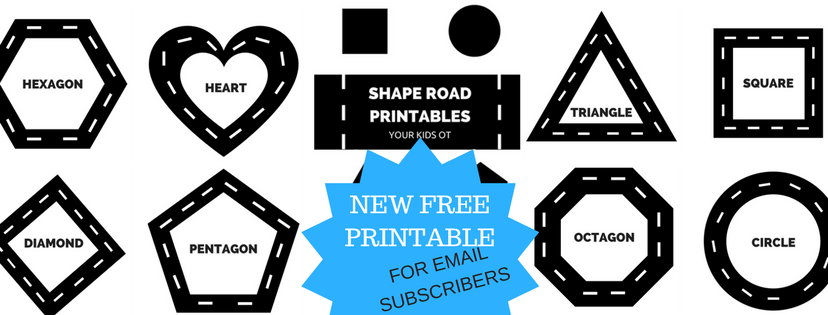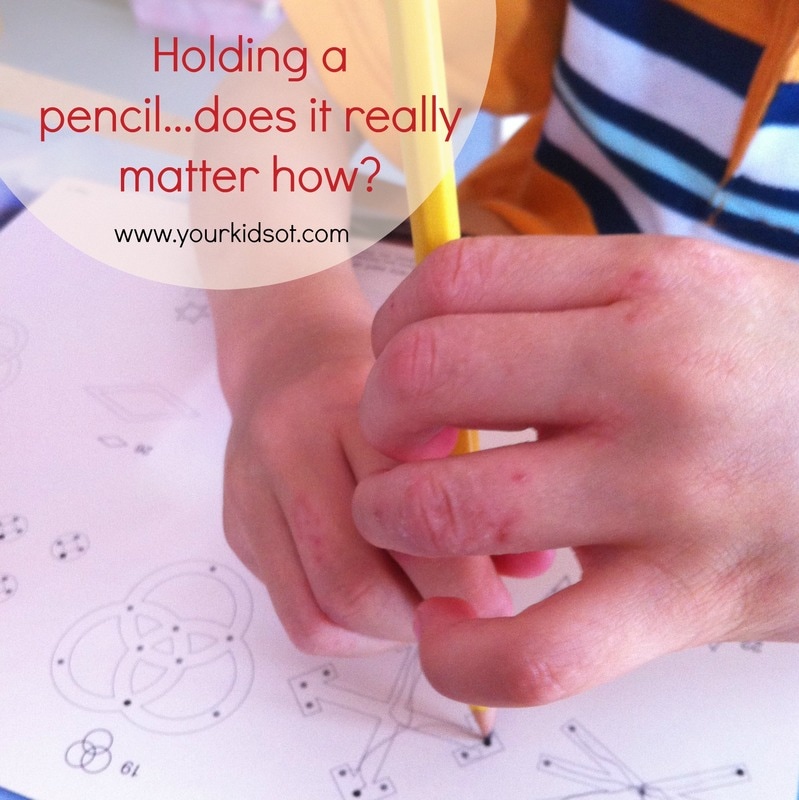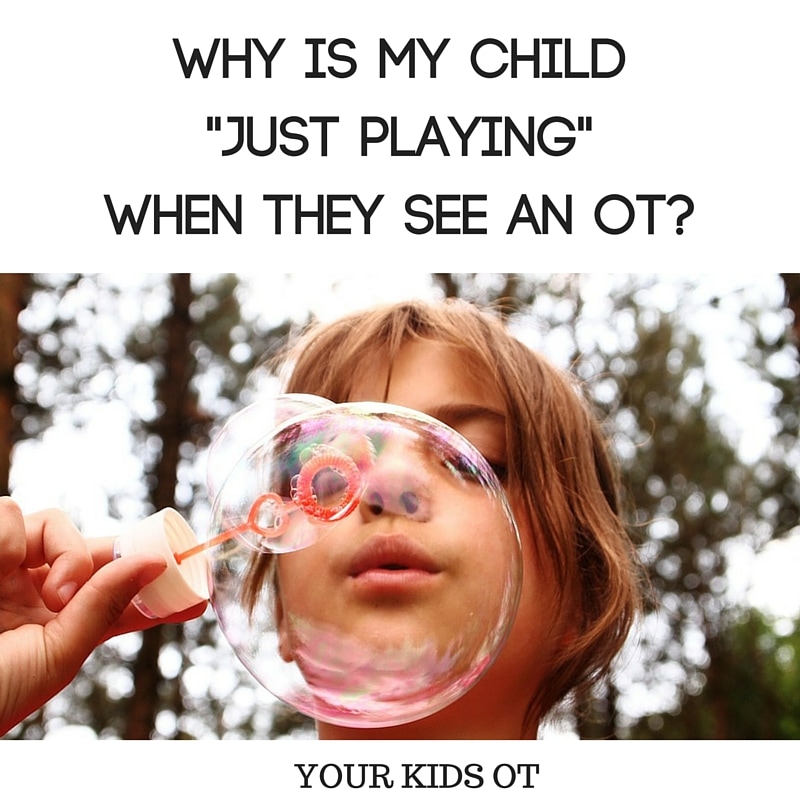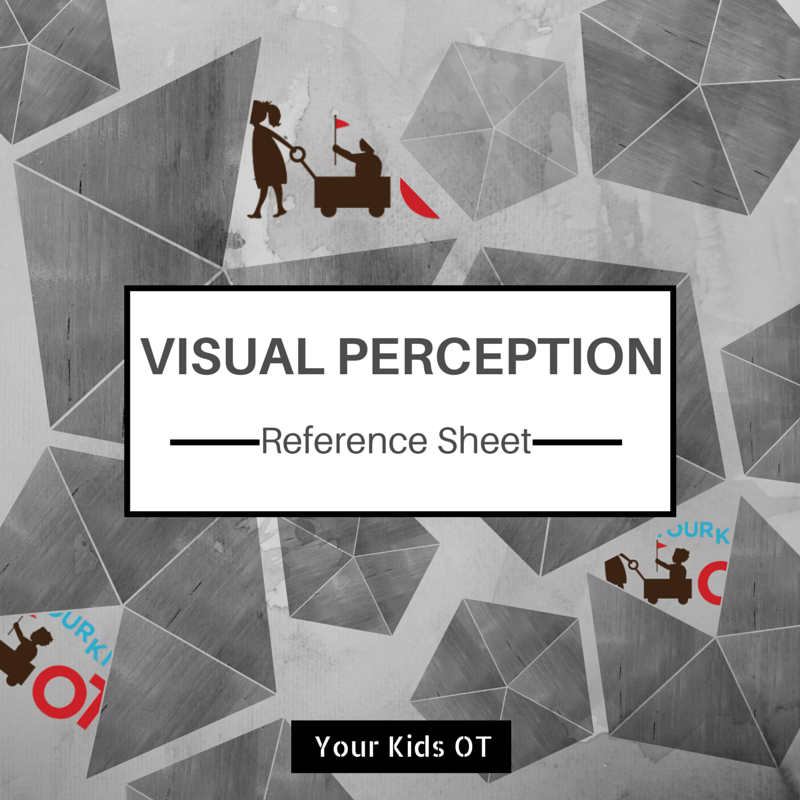|
Rainbow "coloured" rice is a great addition to a "sensory bin"! There are heaps of tutorials on-line to teach you how to colour rice. I used a really simple method ... I added a cup of rice to a plastic container and a few drops of food colouring. I shook the container until all the rice was covered with food colouring, then lay the rice out on baking paper to dry. Our rice took less than 24 hours to dry (drying time will depend on the weather and the amount of food colouring used). You may notice we have a few lentils in our rice mix (already mixed in when we used the rice in a sensory bin). I didn't bother with vinegar or alcohol and did not have a problem with the colour transferring onto our hands. I found that my cheap supermarket food colouring worked better than may gel colours as this was more "blobby".
Combining our coloured rice with some small items, we made a beautiful "I spy" bottle! I took a photo of our treasures and laminated a print out before Mr 6 enjoyed pouring the rice into a funnel and hiding the treasures. Once filled, I sealed the lid and attached the laminated page with a dry-erase marker. Super-easy craft! Watch our fun video to see how we made the I spy bottle - You Tube Link!
We made this "I spy" bottle to use as a travel toy. It is a fun way to work on visual memory and visual discrimination skills. I'm looking forward to trying it out with my OT kids this term.
For younger children, you may choose a clear plastic bottle rather than glass. For older kids you could choose very small similar items to place in your bottle ... you can make this really difficult! When we have finished with this bottle, I can pour the contents out into a sensory bin for further play! It will make a great treasure hunt to explore with busy fingers as well. Have you made an "I spy" bottle? What is your favourite thing to hide?
Cindy is a registered Occupational Therapist practising in Sydney Australia. She has two young children who are a constant source of inspiration and learning. Cindy loves working creatively to help children to reach their potential, finding opportunities in everyday living and making learning fun. Cindy is the author of the Occupational Therapy blog Your Kids OT.
You may also like: 2022: This is no longer a free item. The puppet templates may be purchased as part of the Scissor Skills Printable Pack.
This month in the Functional Skills for Kids Series, we are looking at cutting and scissor skills! You will find lots of great tips and tricks looking at scissor skills and cutting from the best therapy bloggers on the links at the end of this article. My focus is on incorporating play with scissor skills, so what better way to do this than to make puppets?! Making a puppet gives your child's cutting some purpose. It extends the activity so the "craft" can be played with ... encouraging further creativity with imaginary story lines, character interactions, animal noises and speech. I have created these cute animal hand puppets with some ordinary brown paper bags and my FREE templates. Download these FREE templates to create a dragon, crocodile and shark from the YKOT shop. 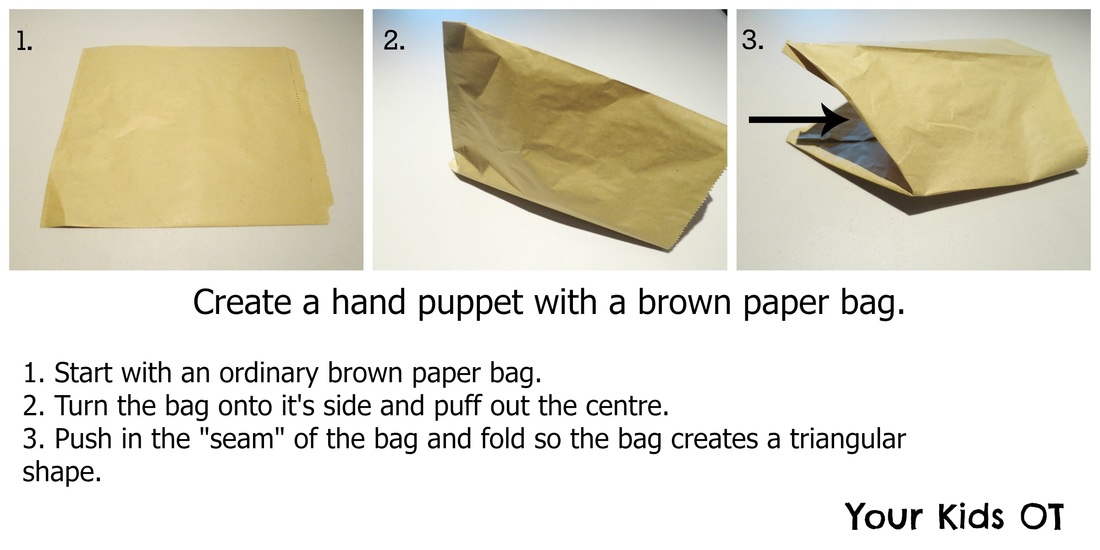
These cutting templates include a range of skills including cutting along straight lines, zig zag lines, simple shapes and more complex shapes. Cutting requires bilateral coordination with one hand holding the scissors and the "helper" hand holding and manipulating the paper as it is cut.
You could help to encourage further play with these puppets by cutting out props such as trees, a castle, people or other animals. Mr almost 6 years and I made this scene above to give some characters for the dragon puppet to harass. Unfortunately one of the characters was captured by the dragon when they ventured out of the castle and needed to be rescued!
Do your kids like cutting? Do they like puppets?
This article is part of “Functional Skills for Kids: 12 month series by Paediatric Occupational and Physical Therapists”. You can find lots of great tips and tricks to help your children with scissor skills in the links below. Make sure you bookmark this page so you can come back to read all the links!
Developmental Progression of Scissor Skills: 35 Best Tips for Teaching Kids to Use Scissors | Mama OT
Fine Motor Considerations for Learning to Use Scissors | Miss Jaime, O.T. Gross Motor Skills and Scissor Use | Your Therapy Source Sensory Processing and Scissor Skills - a Surprising Link | Kids Play Space Teach Kids How to Slow Down to Cut on Lines |Sugar Aunts 5 Tips for Difficulties with Scissor Skills | Growing Hands-On Kids Creative Cutting Practice for Kids | The Inspired Treehouse Visual Motor Skills and Cutting With Scissors | Therapy Fun Zone Animal Puppets! Cut. Create. Play. | Your Kids OT
It is that time of the year in Sydney when the days are getting shorter, the wind has a chill in the air and it is time for VIVID SYDNEY! What a fabulous festival of light and colour which brings our city to life! There are installations to see in the Sydney CBD, Chatswood and this year for the first time at Taronga Zoo.
Vivid Sydney at Taronga Zoo, whilst the only ticketed venue, really appealed to me as a "family friendly" option. It didn't disappoint! Parking was easy, there was a wonderful story projected on the zoo entrance and an amazing light trail that led you on a journey through the zoo. We weren't expecting to see any animals and you will be disappointed if you do expect to see them as they must have been all tucked up into their inner sanctuaries for the evening. The trail was completely accessible, including a laser light display as you enter via the first ramp before you even see the first "lit up animal". Those who are susceptible to sensory overload may find the laser lights a bit overwhelming as Miss 9 described the laser lights like "thousands of ants running in multiple directions in psychedelic colours"! Most of the "lit up animals" were static, although some moved in a slow calm manner. The ramped sections seem to be the most "ramped up" in terms of sensory input with another ramp full of vertical lights running up/down and music to go with it. Here is an image of some of our favourite displays at Taronga Zoo.
To make the most of the "dark nights" we have four fabulous fun activities for your kids to play in the dark!
1. Knock Them Down in the Dark! Add glowsticks to six plastic cups and knock them down with a soft rubber ball. Fun for all ages!
2. Make pictures with glowsticks!
Mr almost-6 years and Miss 9 years loved this activity. Simply create pictures with your glowsticks and see if anyone can guess what you have made! We made our pictures on a tiled floor, creating simple shapes as well as more detailed pictures.
3. Glowstick Bath Time!
Throw the glowsticks into the bath and they can be used to light the bath. There is something a little special about having a bath in the dark!
4. Glowstick Torches (Flashlights) on the Trampoline!
We have some supermarket purchased torches which light up like glowsticks (or light sabers if you prefer). You can find similar here. Mr almost-6 years and Miss 9 LOVED jumping on the trampoline as the sun set. The torches turned into light-sabers for a bouncing battle. Do your kids like playing in the dark? Have you been to any of the VIVID Sydney displays?
You may also like:
We love paper plane making! Making planes seems to appeal to both boys and girls and wide range of ages. Just take out some paper at a weekend BBQ and you will have the big kids (ie. adults) involved in who can design and create the plane that can fly the furthest!
You may have read my post two years ago about paper planes where I showed you how to make the "acrobatic" plane. Read it HERE if you missed it! Paper plane making is really a wonderful way to work on fine motor manipulation, visual planning and sequencing skills. I use paper planes in therapy sessions to work on these things as well as using it as a writing prompt. You may prompt your kids with "Where is the plane going?", "Who is on the plane?", "What type of plane is this and what does it carry?", "What will the plane need to fly?". "What can the people do on the plane during the flight?" or "What can the pilot see during the flight?" This time I have step by step instructions for you to make TWO more super planes! Find the instructions below and download your FREE COPY of the instructions as aPDF file HERE. I hope these planes bring you and your kids hours of entertainment! Let me know if you try them out! The "Flying "W" Plane.The "Javelin".
You may also like:
The school playground can be an intimidating place! Depending on the school... lots of kids, lots of space and lots of noise! Surviving and indeed enjoying the school playground with friends, is often the main concern for parents as their children start school.
Children in the playground need to be able to initiate conversation, join in a group, negotiate, take turns, understand and follow rules in a game, co-operate with others, assert their opinion whilst listening to others, empathize appropriately and be a good sport! One of the keys to a positive experience in the school playground is the development of social skills prior to starting school. These skills may be encouraged over time whilst children play in their everyday settings. Social skills between children are learnt through play experiences with other children. These skills are important for communication , self confidence, resilience and positive relationships. Development of Social Interaction Skills By 3 years of age, children are playing beside each other with the same activity (parallel play). These children are interested in their own activity, whilst happy to sit next to anther child who is also interested in their own activity. You may find children in a sand pit where they are all playing with the sand (eg. digging, pouring, building) but they may not be playing the same game together. Children are beginning to take turns with other children. By 4 years of age, children begin to co-operate and negotiate their play with other children. They express play ideas and who will play what role, however they may also have difficulty resolving conflicts on their own. Children are starting to play group games with rules, learning to follow these rules and encouraging others to also follow the rules. By 5 years of age, children can co-operate and negotiate in their play. Games and imaginary play are becoming more complex and organised. Children are learning to approach others to join in a group as well as assert themselves to manage conflict. These children are learning to stand up for themselves against antisocial or undesirable behaviour from their peers. By 6 - 8 years of age, children are learning about good sportsmanship in games (being a good winner and a good loser). They are learning how to empathize with other children and offer support. Children are also learning how to communicate their needs and ideas, whilst respecting and listening to the needs of others. They are working out how to negotiate when disagreements arise as well as making joint decisions. Whilst these social skills are written with age guidelines, you may find older children also participating in the types of play listed for younger children. This is especially common when children are meeting each other for the first time or getting to know each other. For example, when children start school they are unfamiliar with their environment and the other children so may be happy to play alongside other kids with limited interaction.
Some children will have difficulty with the social skills required in a playground.
Here are 5 ways to help your child's social skill development! (1) Provide social situations where child interaction is fostered - These might include places such as a park, the beach, play date at home, church playground, local pool, camp ground, etc. (2) Modelling
(3) Game Play
(4) Stories
(5) Collaboration and Conflict Resolution
Setting up a successful playground environment for children who have difficulty with social skills!
Some children (such as children with Autism Spectrum Disorder) may continue to struggle in a playground environment because of difficulties with social skills. There are some playground modifications which can help these children as well as others. (1) Provide quiet spaces. Playgrounds should provide places for social interaction as well as spaces where children may be alone or in a quiet space. This may be a bench under a tree, a fort, grass area or the library where children are encouraged in quiet time. (2) Provide some structure within the playground. This may include time to eat in a certain area then time to play in a certain area. (3) Provide opportunities for structured games. This may include an area for board games, table tennis, hopscotch or basketball, etc. (4) Provide opportunities for a "club" run by a teacher or older students. This may include gardening, music, chess, frisbee, etc. (5) Provide a visual timer or clock so children can monitor how much time they have in the playground. (6) Provide a designated place for children to "meet up" in the playground. (7) Assign children to a "playground buddy" to look out for another child in the playground. (8) Provide a visual checklist of activities children may do whilst in the playground. Maybe a few strategic posters could be placed outside the classroom windows. This may include eating lunch, playground equipment, visiting the bathroom, reading a book or it might include action pictures such as star jumps, frog jumps, hopping, etc. (9) Provide playground equipment which requires more than one child to operate. The "We-Saw" is an example of this sort of equipment which encourages social interaction. What are your best tips for supporting children in the playground? This article is part of “Functional Skills for Kids: 12 month series by Paediatric Occupational and Physical Therapists”. You can find lots of great tips and tricks to help your children thrive in the playground in the links below! Developmental Progression of Playground Skills | Your Therapy Source Promoting Fine Motor Skills at the Playground |Miss Jaime OT How to Support Gross Motor Skills Needed for Playground Success | Mama OT Sensory Integration Therapy at the Playground | Sugar Aunts Modification Ideas for Playground Equipment for Children | Growing Hands-On Kids Playground Rules to Break for Greater Play Skill Development | Kids Play Space Playground Games and Activities for Kids | The Inspired Treehouse Essential Social Skills To Survive the School Playground! |Your Kids OT Developing Visual Skills and the Playground | Therapy Fun Zone
References:
Stagnitti, K. (2013) Learn to Play. A practical program to develop a child's imaginative play skills. Co-ordinates Publications. You may also like:
Today I would like to introduce Angela Hanscom, Pediatric Occupational Therapist and Author of Balanced and Barefoot.
After spending years observing and working with children with behavioral issues and sensory deprivations, Angela wondered if these issues could be remediated and even prevented through more playtime in the great outdoors. She put her ideas into practice by developing and running an experimental nature program in her own backyard, with the hope of reconnecting children to nature at an early age. I am excited to have Angela share about HOW THE NATURAL WORLD ENRICHES AND SUPPORTS THE DEVELOPING CHILD! ~~~~~~~~~~~~~~~~~~~~~~~~~~~~~~~~~~~~~~~~~~~~~~~~~~~~~~~~~~~~~~~~~~~~~~~~~~~~~~~~~~~~~~~~~~ Imagine your child walking barefoot through a meadow while scanning the area for beautiful flowers. While walking, he tilts his head to hear the birds and feels a light breeze on his skin. Walking barefoot provides great sensory feedback to the arches of his feet, giving him a good sense of where his feet are in relation to the rest of his body. Listening to the birds chirp helps him to orient to his whereabouts when compared to the other creatures out in the wild. The light breeze keeps him alert, while the warmth of the sun comforts him. This is the optimal state for sensory integration to occur – when we are aware of our surroundings, but relaxed and calm. On the other hand, man-made environments (i.e., movie theaters, colorful play spaces, indoor party arenas) can overpower the senses and send a child into a fight or flight response – an unhealthy state to keep our children in. You may be thinking, “My kids get a TON of free play and are moving about - all the time! Why does this have to take place outdoors? What is so special about nature, that mankind can’t try to replicate this experience? How is rolling down the hills in grass any different than rolling down a ramp at a gymnasium? Isn’t getting messy with shaving cream in the bathtub just as good as getting messy with mud outside?” When I advocate for children playing outdoors, I remind parents of three key factors that I’ve never seen successfully duplicated in any indoor environment: The outdoors offers a perfectly balanced sensory experience. The outdoors inspires the mind. The outdoors is an ideal setting for evaluating risks and accepting challenges. THE OUTDOORS OFFERS THE ULTIMATE SENSORY EXPERIENCE Spending some time every day in the outdoors—from simply walking barefoot on the grass to listening to birds in the trees—offers the following sensory benefits: • Natural integration of our senses. Good sensory integration means optimal brain and body performance. • A calm, but alert state. When you are in a calm and alert state, you are better able to process the sensory information around you and start to organize these senses – bringing together all the puzzle pieces to form a nice picture of the world around you. • A “just right” amount and kind of sensory stimuli. Nature doesn’t bombard the child with too many senses at once, which creates a sense of chaos and confusion. THE OUTDOOR INSPIRES THE MIND Daily exposure to the outdoors stimulates the brain in many ways: • There are no expectations. The child is forced to use their imagination in order for that stick, rock, or pinecone to become a part of their world. • There are endless possibilities. The outdoors challenges the mind to constantly think in new directions. • There is no pressure. When engaging in active free play, a child can play with others or not, make up their own rules or follow someone else’s, be rough-and-tumble or be quiet and contemplative. THE OUTDOORS OFFER RISK AND CHALLENGE Evaluating risks and taking challenges while playing outdoors every day is rewarding in many ways: • Children build confidence. When children overcome obstacles, they learn that they can be successful if they keep trying, even in the face of difficulty. • Children challenge themselves at their own pace. They get to determine when they are ready to take risks and even control how much risk they are willing to take. • They learn to be adaptable. When playing outdoors, children quickly learn that they can’t always control the outcomes of their play. For instance, their fort may not have turned out exactly as they envisioned and in turn, they learn to be flexible in their thinking. Nature has a calming effect like no other. According to Adam Atler, professor of marketing and psychology at New York University, “Nature restores mental functioning in the same way that food and water restore bodies. The business of everyday life -- dodging traffic, making decisions and judgment calls, interacting with strangers -- is depleting, and what man-made environments take away from us, nature gives back.” While manmade environments may excite your child – think of loud colors and loud noises – they will often overwhelm or over-stimulate him or her. Other times, indoor environments under-stimulate and offer little sensory benefits to your child at all. The great outdoors, on the other hand, offer limitless possibilities for play experiences and exploration of the senses – enhancing and refining them through repeated practice. It is through play outdoors on a daily basis that your children will challenge and strengthen their senses of touch, vision, hearing, smell, taste and much more!
You may also like:
Today I would like to introduce Lauren from Teacher Types as a guest blogger giving us some helpful hints for learning sight words! Lauren is a mother of two, Early Years teacher, proud Adeladian and blogger at www.teachertypes.com. Parents and teachers of young children can be inspired with her play based activity ideas and parenting stories. A big thanks to Lauren for this great article to help your children with learning sight words!
~~~~~~~~~~~~~~~~~~~~~~~~~~~~~~~~~~~~~~~~~~~~~~~~~~~~~~~~~~~~~~~~~~~~~~~~~~~~~~~~~~~~~~~ Many parents are looking for new and interesting ways to help their children learn sight words at home, so today I've compiled a list for Cindy and her readers (I hear Cindy's son is getting close to the learning to read stage!). Firstly, I just want to explain a bit about how the whole 'learning to read' process happens. Basically there are three skills a child needs;
The English language is a tricky one for little people to master - words like 'they', 'said', 'put' and 'was' are not easy to sound out by using your alphabet knowledge. Hence, sight words (or ‘tricky words’ as we call them when using the Jolly Phonics program) are a vital part of the learning to read jigsaw puzzle. Each school may have a different system for teaching/learning sight words, however generally speaking your child will probably be given a list of words weekly or fortnightly to learn, and once they master this list, they move up to a new one. In the image above you can see a few examples of 'word building' - which is the skill of putting letters together to sound out and make words. Children love using hands on materials rather than just looking at words on paper. You can…
In the image above more great ideas to learn sight words!
Learning to read can be challenging for some children, where as for others it comes naturally. But it’s so magical when you see the light bulb go on and they just ‘get it’. The key is to make it a fun experience rather than like ‘pulling teeth’. If you child is excited about reading – you’re half way there!
You may also like:
aster activities are super fun to do with your kids! Here is an amazing selection to suit kids of all ages and abilities! GROSS MOTOR GAMES 1.. Lucky Egg Exercise Game by Your Therapy Source. 2. 10 Games to Play with Plastic Easter Eggs by Growing Play. 3. Easter Egg Hunt for Motor Skills by Starfish Therapies. 4. Bunny Hop Gross Motor Game by Tools to Grow. 5. Easter Themed Brain Breaks by Pink Oatmeal NUMBERS AND SIGHT WORDS 6. Egg-cellent Activities by Mrs Wheeler's First Grade 7. Craft Words Family Eggs via BuzzFeed Life VISUAL PERCEPTUAL SKILLS 8. Easter Egg Pattern Copying with FREE Printable by Your Kids OT 9. Easter Bunny Themed I-Spy Game with FREE Printable by And Next Comes L 10. Easter Tot School by Hart 2 Hart. 11. Easter Spot the Difference by Activity Village UK (free printables) 12. Teaching Symmetry to Kindergarten Kids by Hub Pages CRAFT 13. Sensory Craft inspired by the Sydney Royal Easter Show by Your Kids OT 14. Glitter Colouring Easter Eggs by Your Kids OT 15. Easter Egg Dyeing (attempt)! aka Sensory Play by Your Kids OT 16. Pom Pom Painting Easter Egg Craft for Kids by Crafting Morning 17. DIY Salt Dough Eggs by Design Mom 18. Easter Baskets for Kids (paper mache) by Red Ted Art FINE MOTOR and SCISSOR SKILLS ACTIVITIES 19. Spring Time Eggs by Your Therapy Source 20. Easter Pattern Activity by Made by Teachers 21. Lace and Trace Peeps Printable by Our Thrifty Ideas 22. Bunny Tong Scissor Skills Activity by Sugar Aunts 23. Q-Tip Painted Easter Eggs by No Time for Flash Cards FUN REWARDS 24. Easter Basket Coupons by Growing Play. 25. Easter Fun for Kids with Special Needs by Have Wheelchair Will Travel What's your favourite Easter activity? Playdough, connect four, bingo, crawling through tunnels...why is my child “just playing” when they see an occupational therapist (speech therapist or physiotherapist)? Why do therapists use play when working with kids? Play is a “childhood occupation” (Bundy and Lane, 2012 and Alesandrini, 1949). Play is what kids “do”. They learn through play experiences, interacting with objects, their environment and people. Children explore, imagine and discover as they experiment with space, size, their own bodies, force, strength, time, colour, shape, distance and more. They develop a range of skills through play. Read more about specific skill areas from my colleagues in the Functional Skills for Kids Series. A lot of childhood learning is incidental, as kids do not realise they are learning whilst they are playing. Play is fun – it is intrinsically motivating...that is why children keep playing (Parham, 2008). Have you ever heard the expression “time flies when you are having fun!”? When a child is engaged with an activity that is fun, it can motivate them to repeat the activity or experiment with variations of the activity. The internal drive of a child through play can help them to connect and engage in the world (Cornelli Sanderson, 2010). 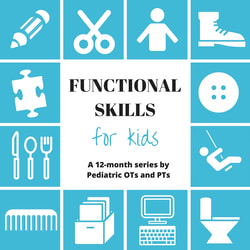
The Developmental Progression of Play Skills | Mama OT Building Fine Motor Skills Through Play | Sugar Aunts Gross Motor Skills and the Development of Play in Children | Your Therapy Source Playing with Friends: Supporting Social Skills in Play | Kids Play Space Using Play to Increase Attention | Miss Jaime OT Help! My Child Won’t Play - Adapting Play for Individual Kids | Growing Hands-On Kids How Play Makes Therapy Better | Therapy Fun Zone How the Environment Shapes the Way Kids Play | The Inspired Treehouse Why is my child “just playing” when they see an OT? | Your Kids OT
How Therapists Use Play in Therapy!
After a comprehensive assessment (refer here for anoverview of assessment) the therapist in collaboration with others (parents, teachers, other therapists) will set goals for individual children. Based on these goals, therapy sessions are planned to meet these in a number of different ways. We are always looking for the just right challenge for your child to extend them in learning skills without overwhelming them in the process. We may be working on ways to compensate for difficulties they are having, provide additional support or modify activities if appropriate. We use “play” as a medium to achieve goals, although sometimes the “play” may be the goal itself! Play as a medium to achieve goals. Therapists are great at task analysis. We “analyse” tasks and activities and play ... to figure out what skills are needed to perform these tasks. Therapists also work out what skills may develop as a certain task in performed or how it may be adapted to work on certain skills. Read about how these games have therapeutic benefits. Whilst we may use a variety of activities in therapy sessions, we are always working towards specific goals! If you are not sure the benefits of the activities your therapist is using, just ask them! I do understand parents who are concerned when goals are not being addressed or the play appears extended and unrelated to the reason for intervention. Parents and teachers should speak up. Ask therapists when your child is doing worksheets for a whole session or playing UNO for an hour or being tested on something they haven't done before. Ask therapists when your child looks uncomfortable. Ask therapists when the play seems repetitive. Speak to therapists when the play does not seem age-appropriate. There may be a therapeutic purpose or maybe the therapist needs the feedback; that they are not working towards the goals in an appropriate way. Play as a goal itself. As described earlier, play is a childhood occupation and as OTs we are concerned about how children play. How are they holding, grasping, releasing objects? How are they moving their arms and legs ... intentionally, individually, together? How are children interacting with objects... exploring, manipulating, imagining? How are children interacting with other children... social skills, parallel, collaboratively? How does the environment facilitate play? How can we help kids learn through play? It is the role of an OT to find the “just right” challenge to match activities with your child’s goals. At home, you can help your child learn through play too!
This article is part of “Functional Skills for Kids: 12 month series by Paediatric Occupational and Physical Therapists”. You can read all of the childhood functions HERE. Read all Your Kids OT’s monthly posts HERE. Find more information about “Play”! stop by to see what other Occupational and Physical Therapists participating in the “Functional Skills for Kids series” have written:
You may also like:

Cindy is a registered Occupational Therapist practising in Sydney Australia. She has two young children who are a constant source of inspiration and learning. Cindy loves working creatively to help children to reach their potential, finding opportunities in everyday living and making learning fun. Cindy is the author of the Occupational Therapy blog Your Kids OT.
The information on this site is general in nature. The activities are safe for most children, however, you should consult an Occupational Therapist or health professional to address specific movement, sensory or other medical conditions. This article does not contain affiliate links.
References:
Alesandrini, N. A. (1949). Play – A child’s world. American Journal of Occupational Therapy, 3, 9-12. Bundy, A.C. and Lane, S.J. (2012). Kids can be Kids: A Childhood Occupations Approach. Cornelli Sanderson, R. (2010). Towards a New Measure of Playfulness: The Capacity to Fully and Freely Engage in Play . Dissertations. Paper 232. http://ecommons.luc.edu/luc_diss/232 Parham, D. (2008). Play and Occupational Therapy in L.D. Parham & L.S.Fazio (eds) Play in occupational therapy for children (2nd edition).St Louis: Mosby pp 3- 39
Mr 5 is starting big school in 2 weeks time. He has his uniform, hat, shoes, lunch box....He is ready (even though I may be a bit emotional)!
Parents I speak with are often worried about how their child will cope with being at BIG SCHOOL! Their main concerns are usually social "Will they have anyone to play with?" "Will they sit by themselves at lunch time?" or sometimes about self care "Will they know when to go to the toilet?" Kindy teachers are fantastic at helping children settle into big school. They will take them for walks around the school so they are familiar with the buildings, they will introduce class mates to each other (repeatedly), they will schedule regular toilet visits and give lots of reminders about how to sit, raise their hand and interact with other children. As a parent there are a few things you can practise with your child in these few weeks before school starts to help the transition go smoothly. (1) Practise getting dressed - Let your child "dress up" and play in their uniforms at home. Don't worry about getting them "dirty" - that's what the washing machine is for! In fact after a few washes a brand new uniform will be less stiff and more comfortable for the first day. Encourage your child to practise fastenings such as zippers, clips, buckles and buttons. If they are struggling, show them patiently how to grasp and manipulate the fastenings. Sometimes children struggle with the fine motor coordination or using both hands together to manage fastenings. Practise now before the pressure of time hits on a school day! Choose fastenings where possible which promote success. If your child is not confident with tying shoe laces, don't worry they will get it! Buy the velcro shoes and save everyone unnecessary stress! (2) Practise getting food out (and not losing their lunch box)- There is nothing more stressful for a child than not being able to eat. Choose a lunch box which they can open and close independently. Check with your school if they need separate containers for fruit or morning tea. Make sure your child can open and close every container you plan to send to school. Label everything and help your child to identify their name and containers (especially if you have just bought them a new one). Use your containers on a picnic with your family and ask your child to identify which container belongs to them. If you send it packaged food such as biscuits, sultanas or poppers, practise opening these as well. Consider transferring things into zip lock bags or brown paper bags which are easy to open. Don't forget to practise opening and closing drink bottles as well if you want to prevent leakages through new school bags. (3) Practise saying good bye to you - Keep it short and sweet. Don't linger and don't show your emotional response (a pair of sunnies is a good idea) to seeing your little boy (or girl) starting school. You could role play this at home. Set your child up at a little table to do some drawing and say "goodbye" and physically walk to another room. You could even reverse this and your child could be the parent dropping off their child (you). Remind your child that you will come back! You could even arrange a meeting spot if you know where they will be at the end of the day (eg. I'm going to come and pick you up from your classroom.) (4) Practise social skills - Practise with people you meet at the park or friends you have visit. You could model for your child simple phrases such as "Hi, I'm Cindy, what's yours?" " Can I sit next to you?" "Do you want to play tip?" "I like your lunch box, I have Peppa Pig on mine". If possible arrange a play date with other kids from the same school either before school starts or in the first few weeks. Avoid asking "Who did you play with? Did you make any friends today?". Instead ask your child, "Can you remember who sat next to you in story time? Can you remember who was in front of you when you lined up to go into class?" Even if they can't remember initially, as your child learns the names of other children in their class, they will be able to tell you. (5) Practise sitting on the floor cross legged - Read books or play games at a low table with legs crossed. If your child isn't used to this position then it would help to practise! Help them not to lean on furniture or other children. Get bigger siblings involved with reading stories as the "teacher" to your child starting school. If your child has difficulty sitting cross legged, they may have difficulty with postural tone, low muscle tone, core muscle strength or sensory processing difficulties. Start encouraging your child to sit with legs straight and stretch. You could sit with your feet up against their with your legs straight too. Work on core muscle strength activities such as sitting on a gym ball to watch tv, doing sit ups, wall sits and animal walks. If they continue to have difficulty with sitting cross legged, you may need to seek advice from an occupational therapist or physiotherapist. (6) Practise asking for help - Use opportunities when visiting friends or relatives to encourage your child to ask for help. They could ask the grown up "Where is the bathroom?". This helps your child to look beyond their own parents for help. Sometimes we can anticipate the needs of our child but in a classroom setting, children need to know how to speak up especially when they need help. (7) Practise going to the toilet - Encourage your child to lock the door when using the public toilet. You might need to show them what the door looks like when it is vacant and when it is occupied. Boys should be shown how to use the urinal or at least what a urinal is for. I've heard cringe-worthy stories of Kindy boys washing their hands in the urinal! Always pack a spare pair of underwear and socks into the school bag (with a plastic bag) even if it has been months since your child has had an accident. School can be an intimidating environment for some. I have been deliberate in not adding too many "academic" things to practise before school starts but have included these three (at the bottom of the list). (8) Practise holding the pencil with a dynamic tripod grasp - Starting the writing journey with an efficient grasp will help your child to be confident with controlling their pencil. Read more about pencil grasps here! (9) Practise writing their name with the correct directionality - This is something that is asked of Kindy kids repeatedly so if your child is aware of writing their own name or most of the letters, then they are off to a flying start. Always encourage them to use a capital letter for the first letter and then lower case letters following. Not sure of the direction yourself? The rED Writing app is fantastic for Australian school age kids as it shows parents and kids the correct directionality. Read more about the rED writing app here. (10) Practise one to one correspondence - Encourage your child to point to one item at a time when counting or one word at a time when reading. Try singing the alphabet with your child whilst asking them to point to each letter individually. There are lots of kids who start school thinking "LMNO" is one letter. Show them lower case as well as capital letters. Help your child with the visual tracking to point to each item/letter/word. This an important skill for maths readiness as well as reading and writing. Do you have a child starting BIG SCHOOL? Are they ready? Are you?
_You may also like:
|
AuthorHi, I'm Cindy and I am an Occupational Therapist. I enjoy working creatively with children to see them reach their potential. Read more about me here. SEARCH THIS SITE
Archives
June 2024
Categories
All
Popular Posts |
Join the YKOT e-newsletter!
Subscribe to get our latest content by email and receive
the SHAPE ROADS PRINTABLE NOW!

Success! Now check your email to confirm your subscription and receive your free printable!
Join our Mailing List!
Subscribe to get our latest content by email and receive
the SHAPE ROADS PRINTABLE NOW as a thankyou!

Success! Now check your email to confirm your subscription and receive your free printable!
Disclaimer: The information on this site is general in nature and should be used for educational and entertainment purposes. The activities are safe for most children, however, you should consult an Occupational Therapist or health professional to address specific movement, sensory or other medical conditions. This blog does not replace formal therapeutic professional advice given by a health professional or medical practitioner. Reviews and endorsements of products will only be made based on my expertise and personal opinion; and deemed worthy of such endorsement. The opinions shared in sponsored content will always be my own and not that of the advertising company or brand. Content, advertising space or posts will be clearly identified if paid, affiliated or sponsored. Affiliate links may be found throughout this website in advertising. This means that if you follow through with a purchase from these links, Your Kids OT will receive a percentage of the sale. Your Kids OT undertakes to meet the requirements of the "Social Media Policy" as published by Australian Health Practitioner Regulation Agency (AHPRA). Further information about this policy can be found here.
Find meFollow me |
About me
AuthorHi, I'm Cindy and I am an Occupational Therapist. I enjoy working creatively with children to see them reach their potential. Read more about me here. |
Copyright © 2017 Your Kid OT

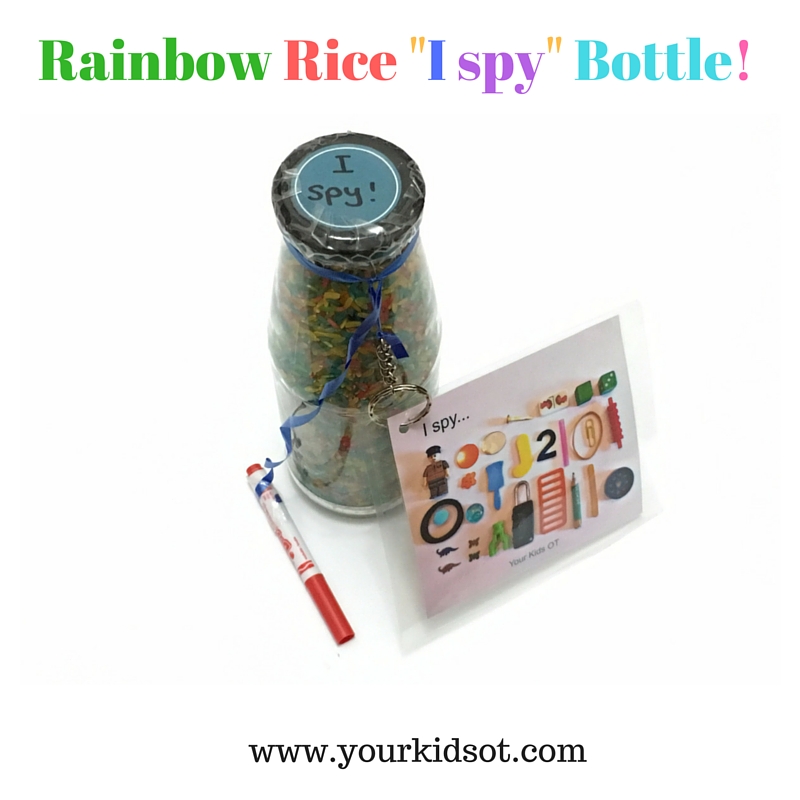

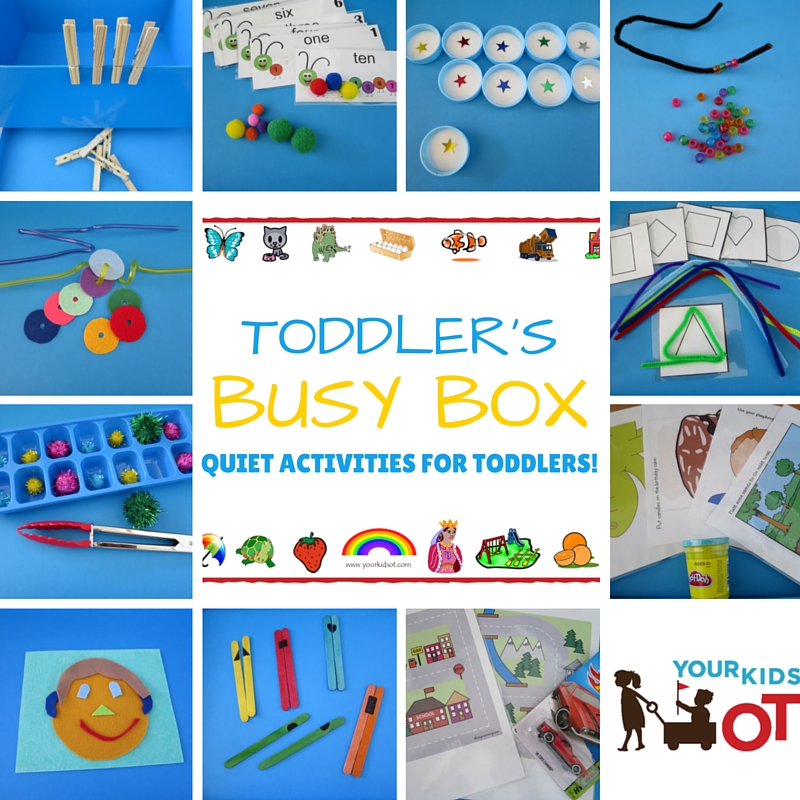
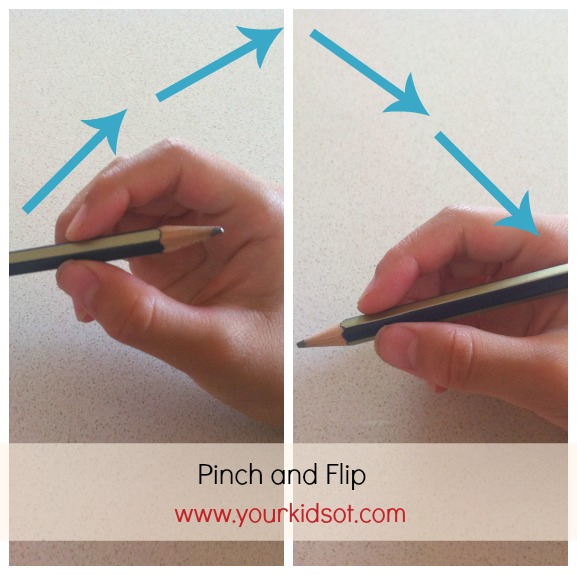
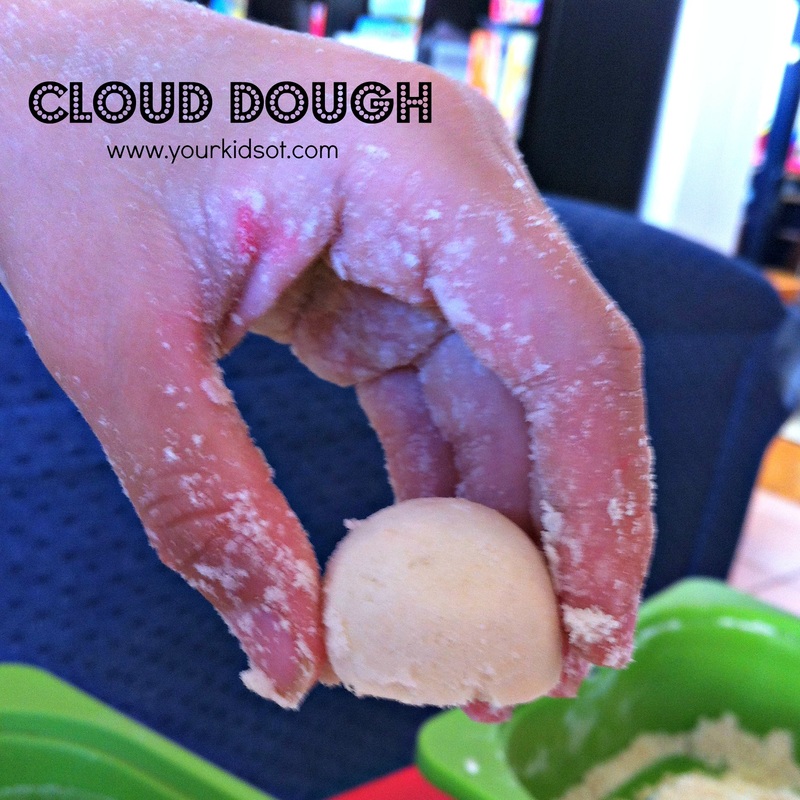

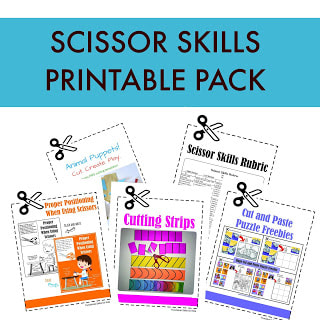
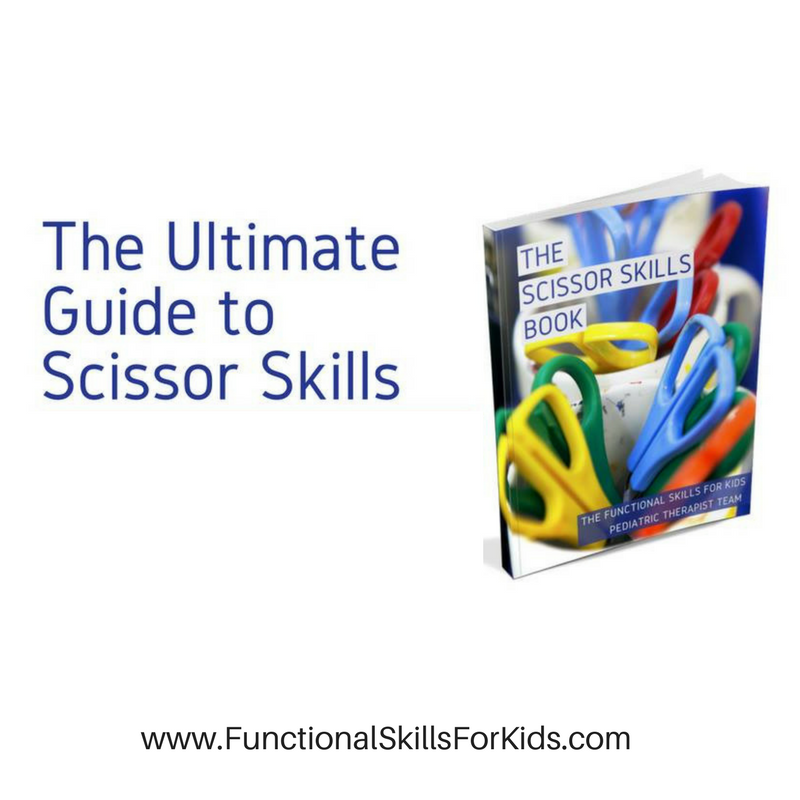
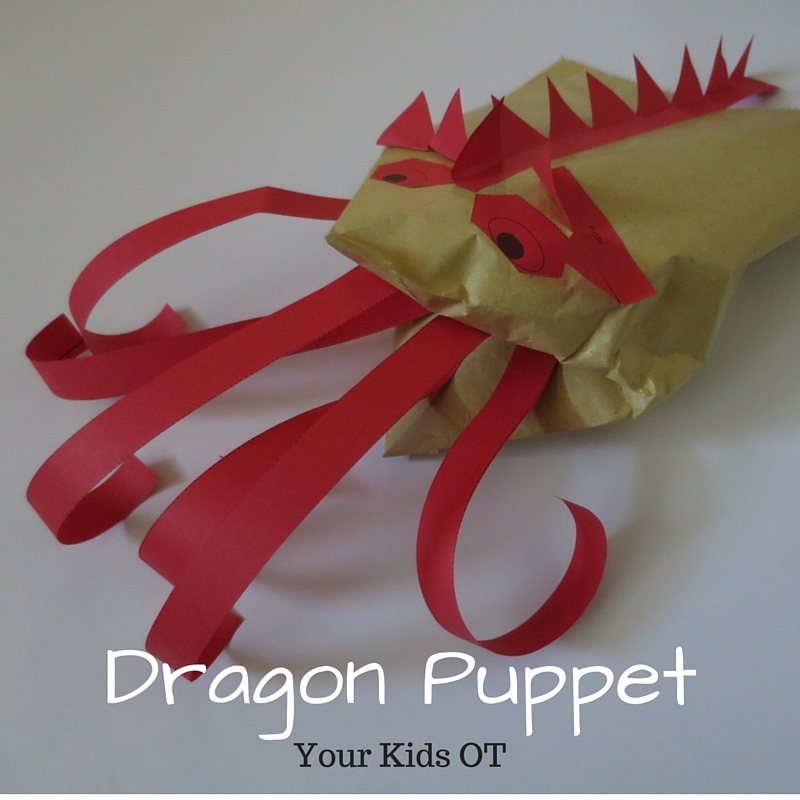
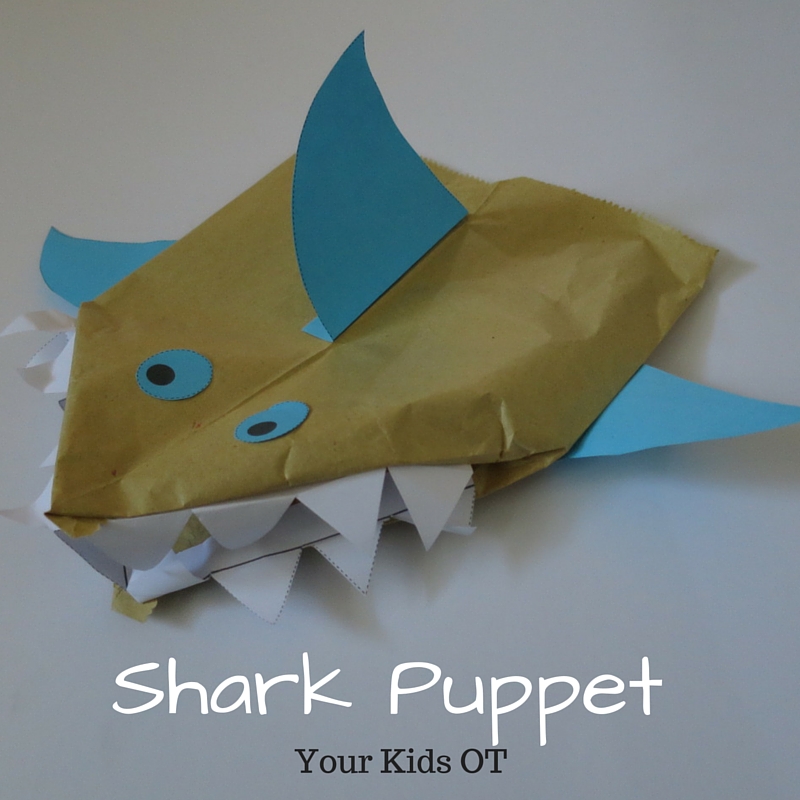
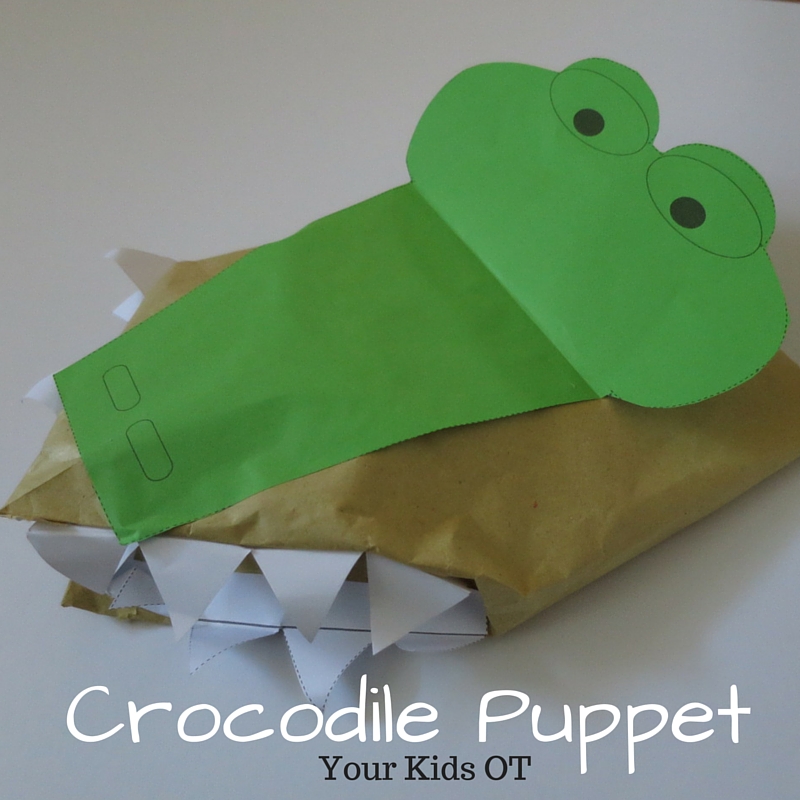
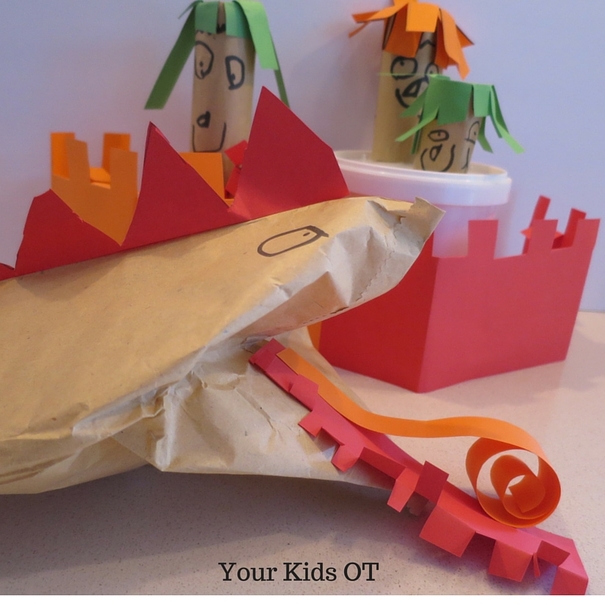
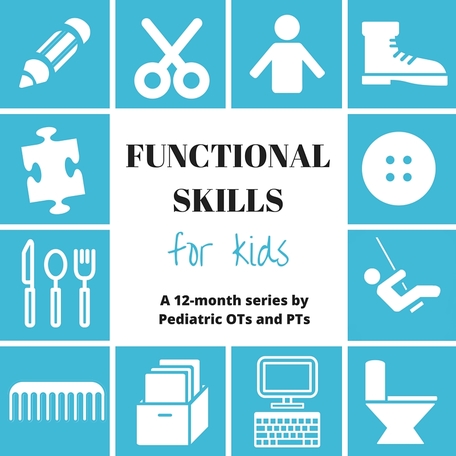
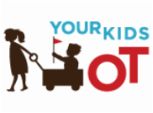



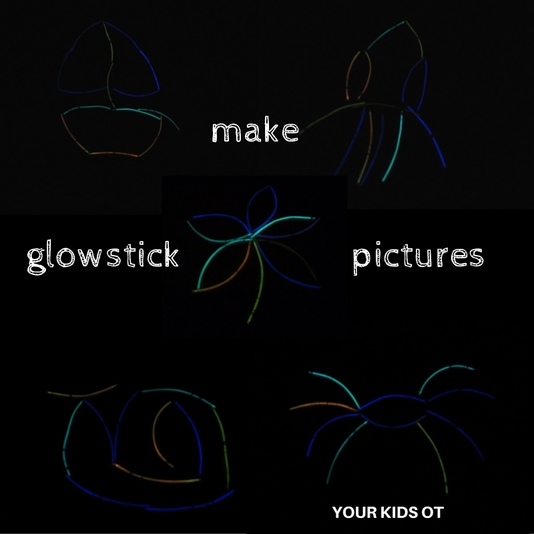

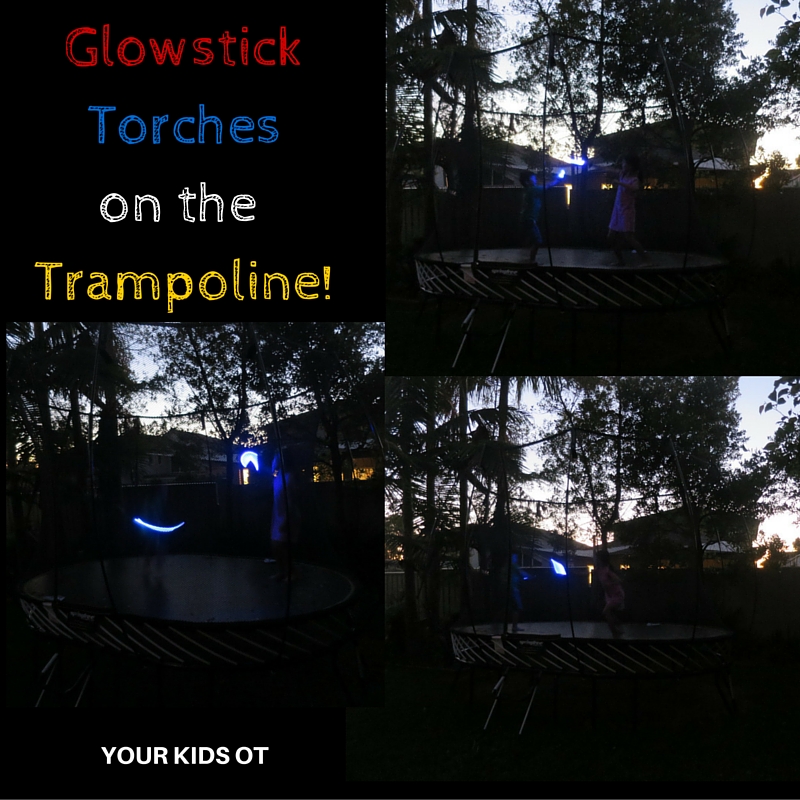

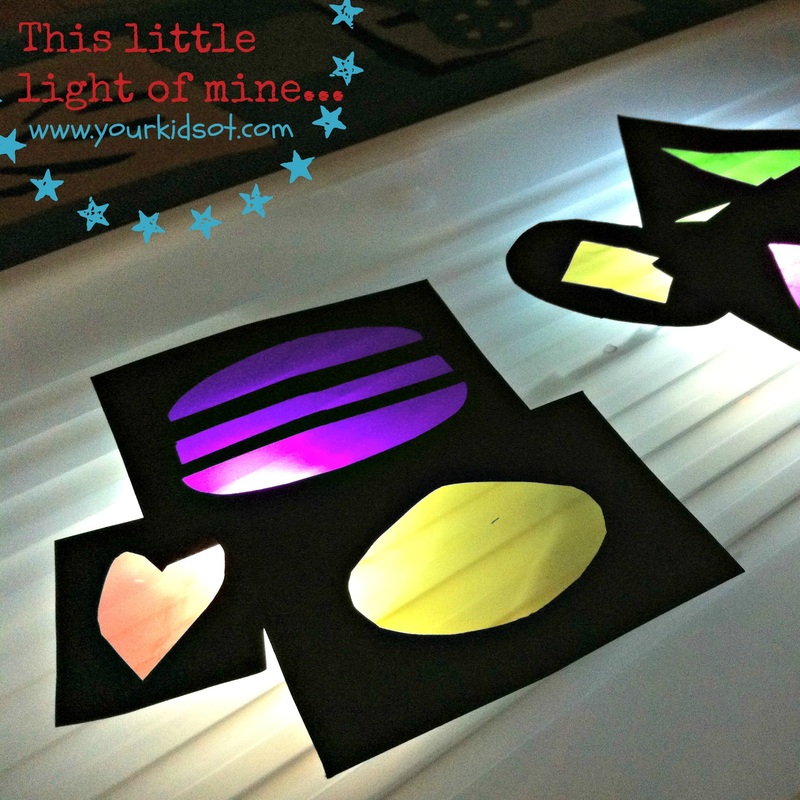
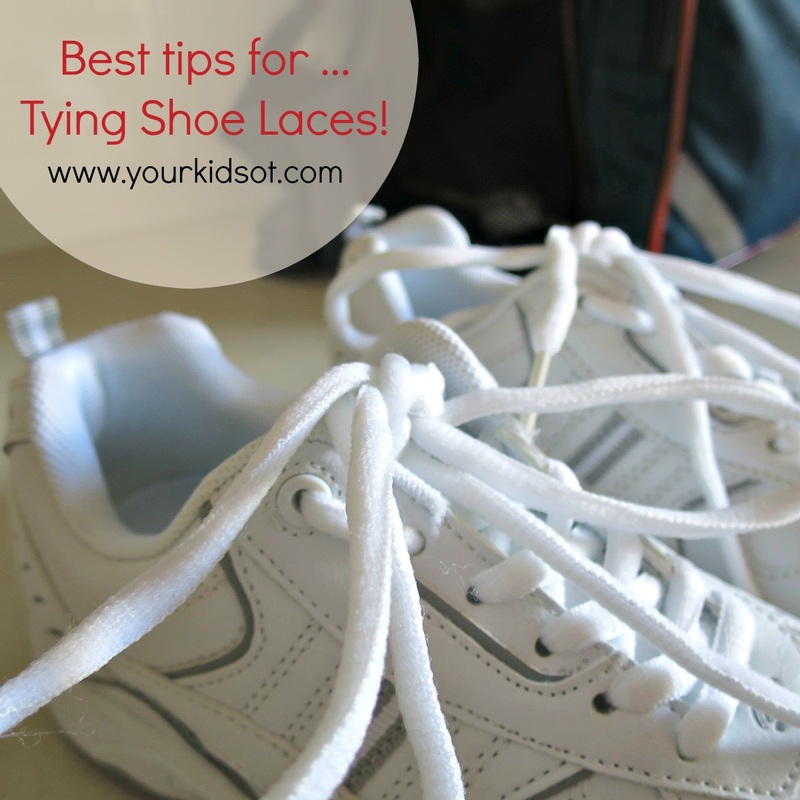
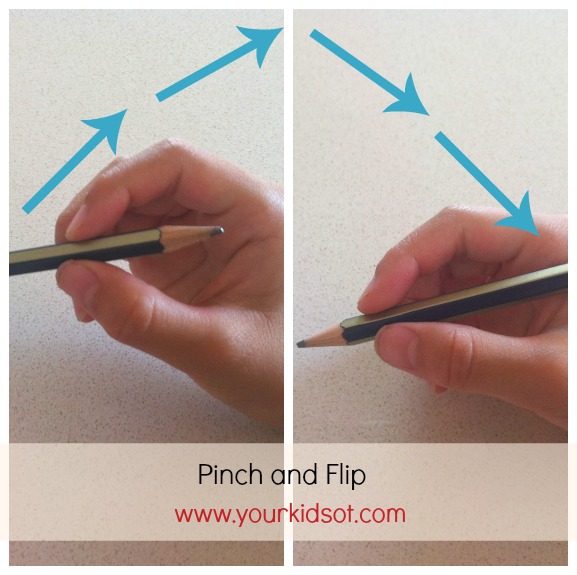
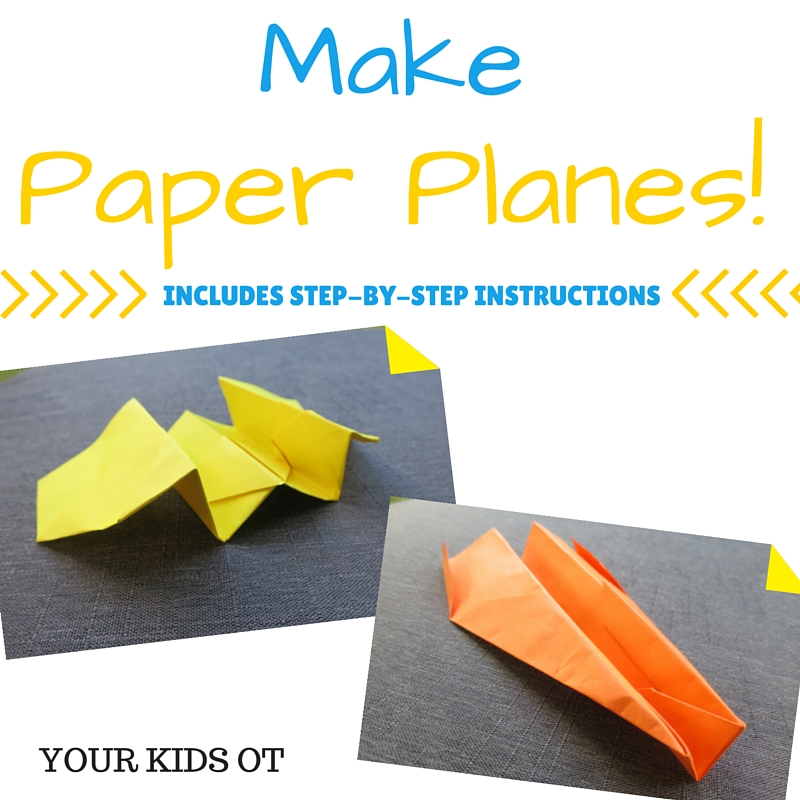


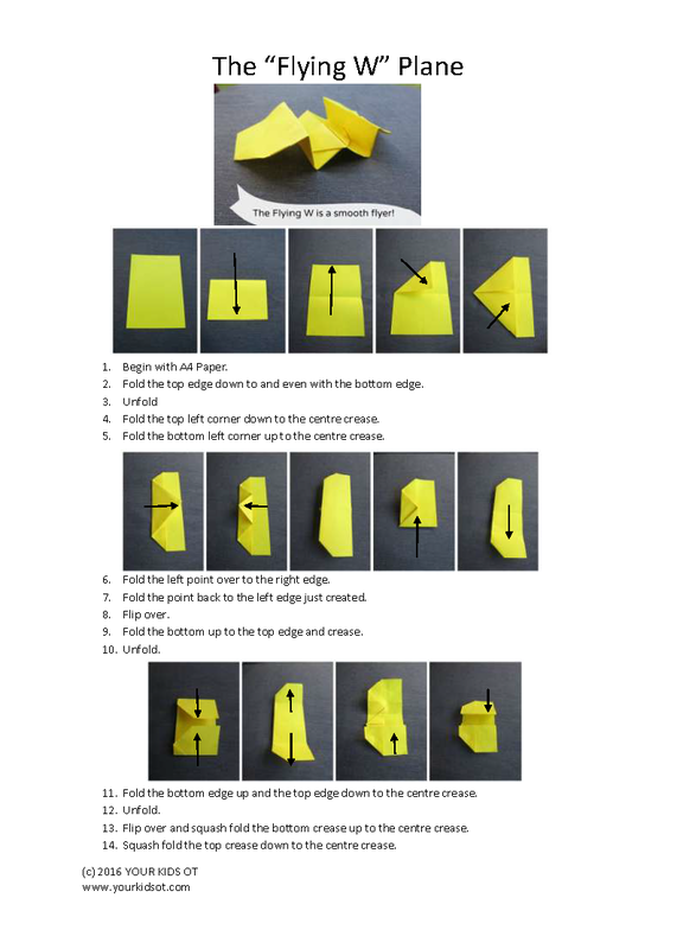
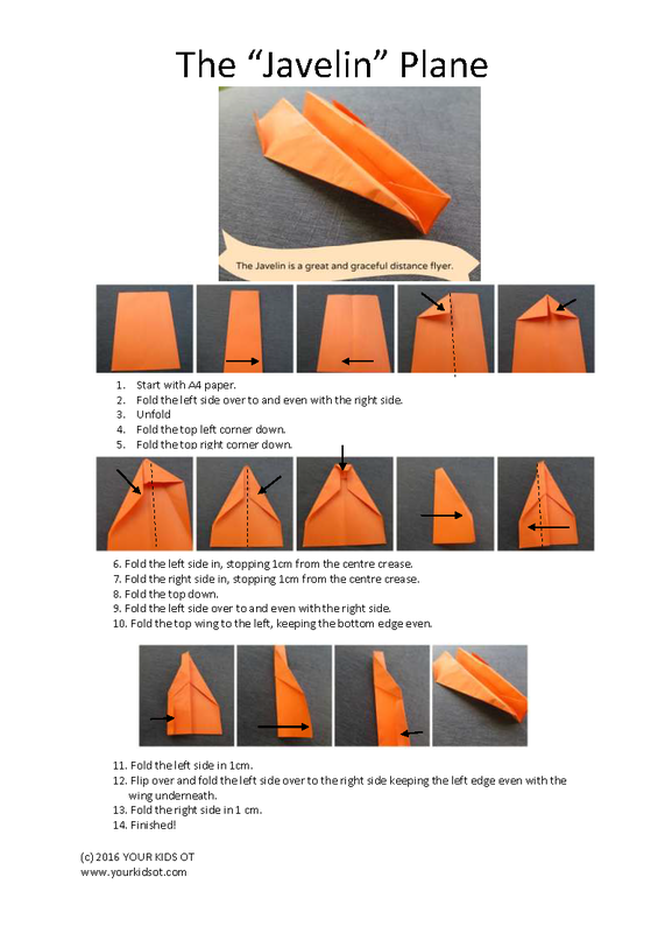
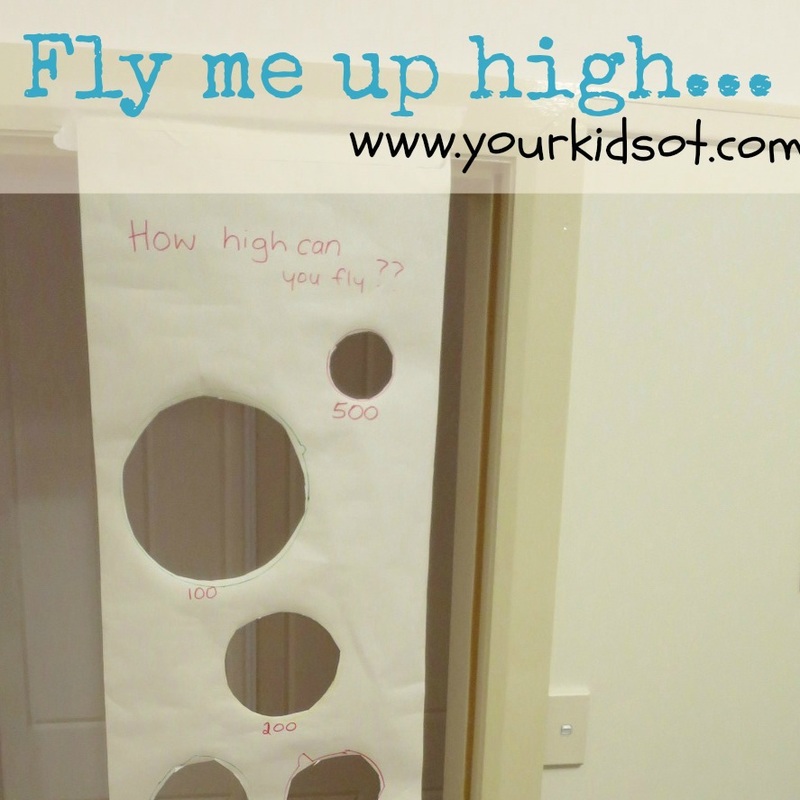
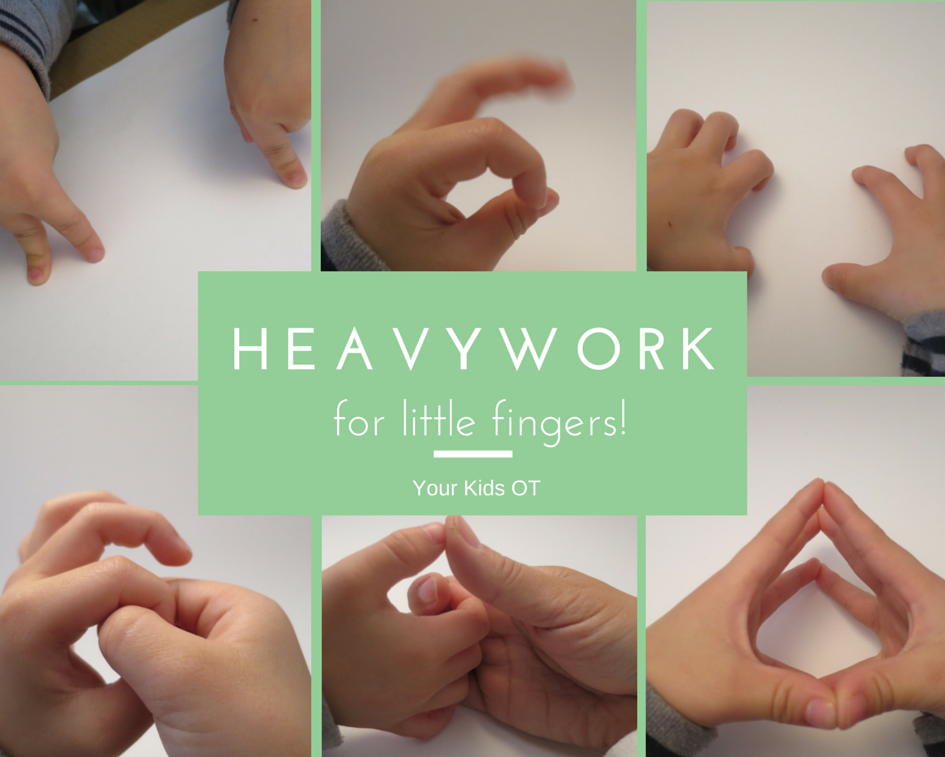
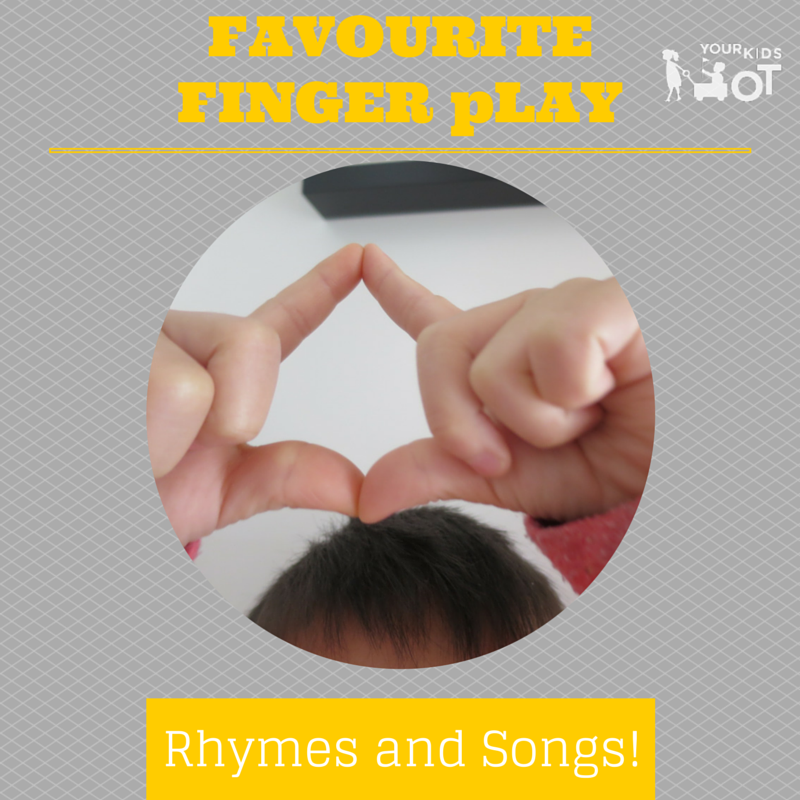

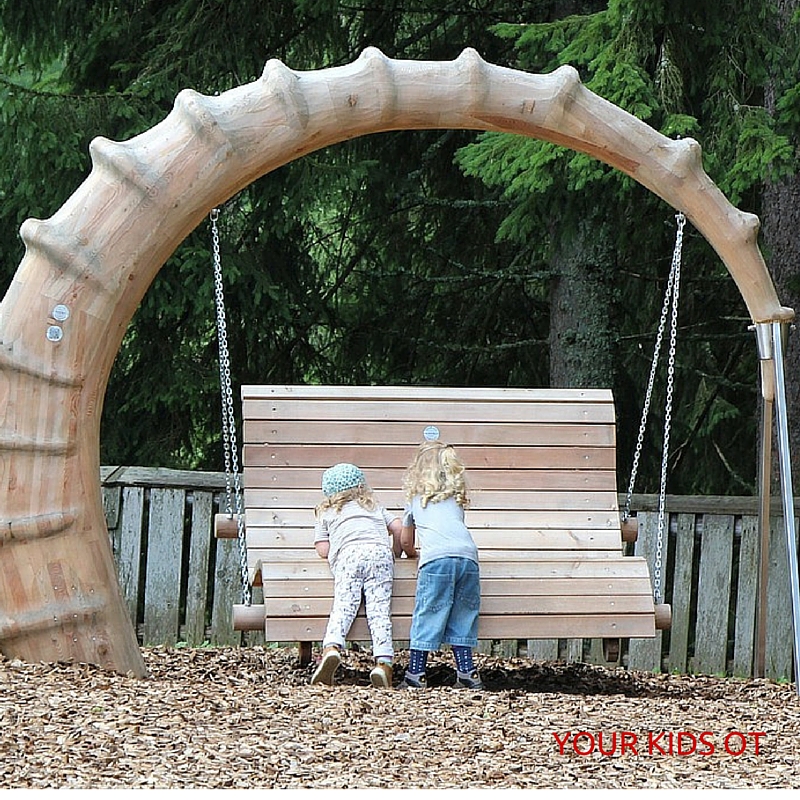
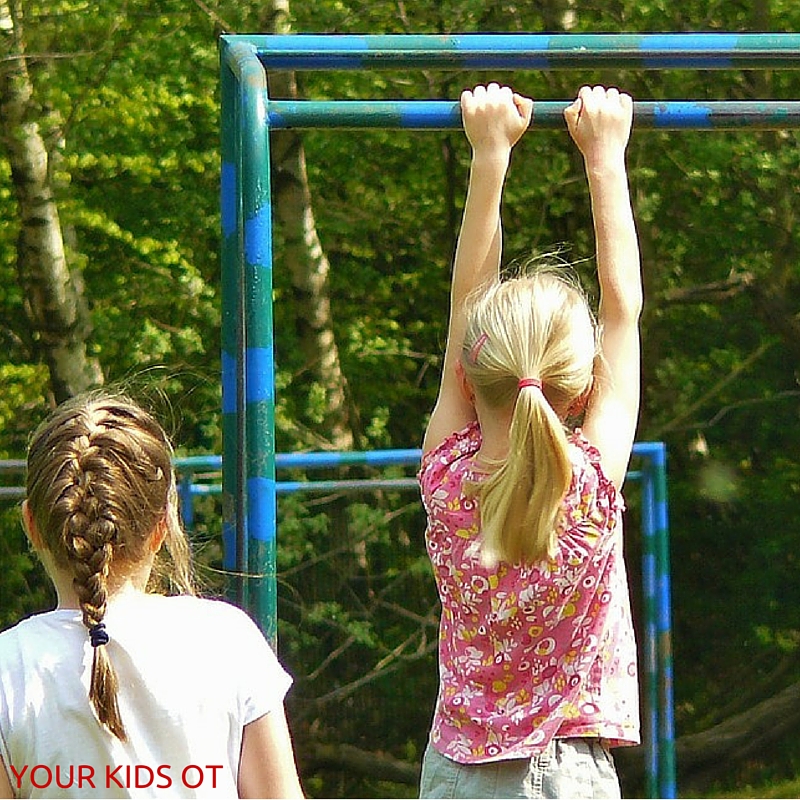
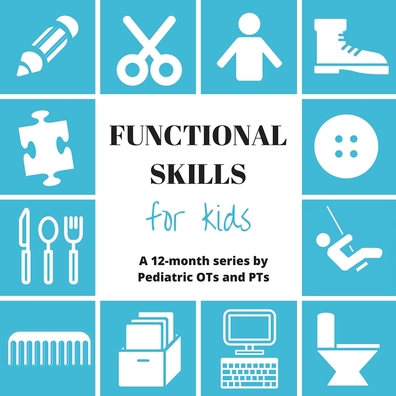
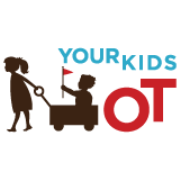
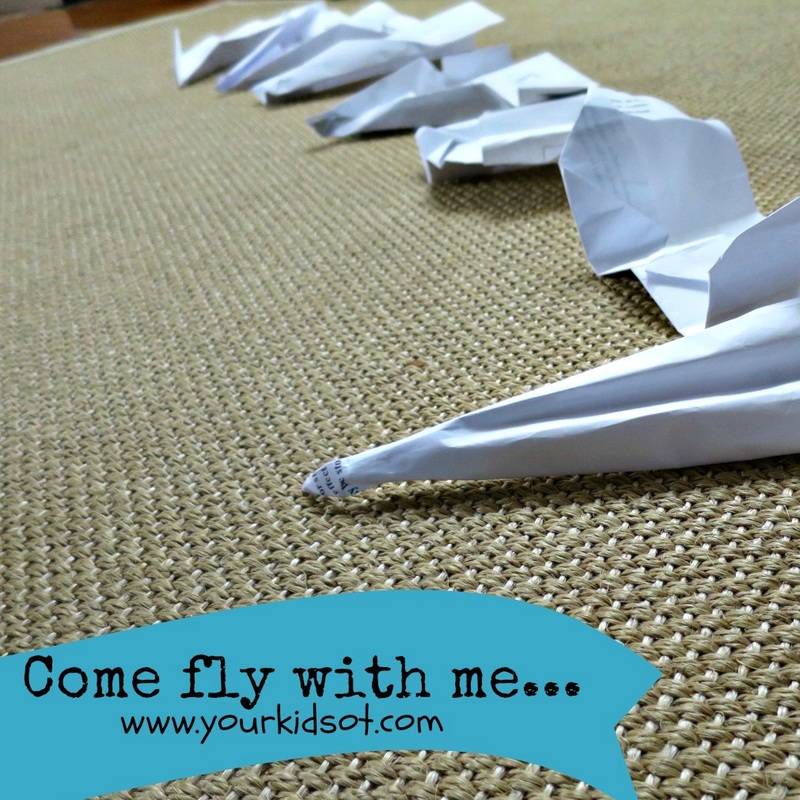


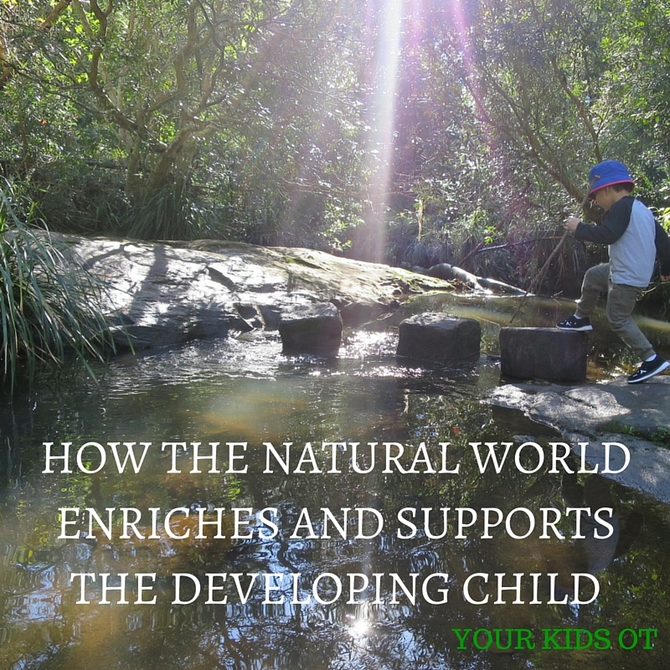
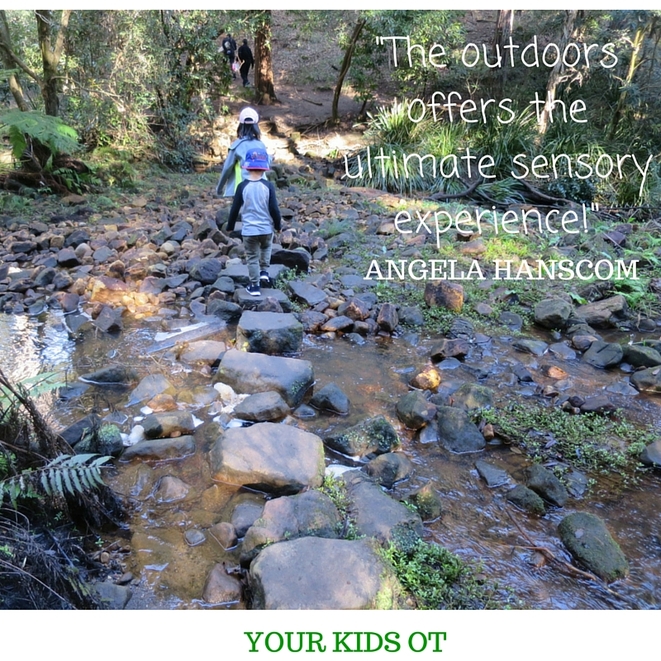
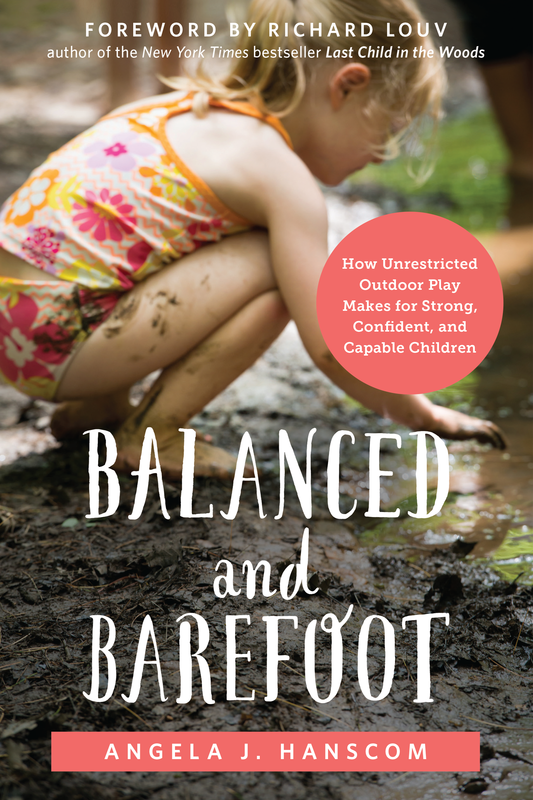

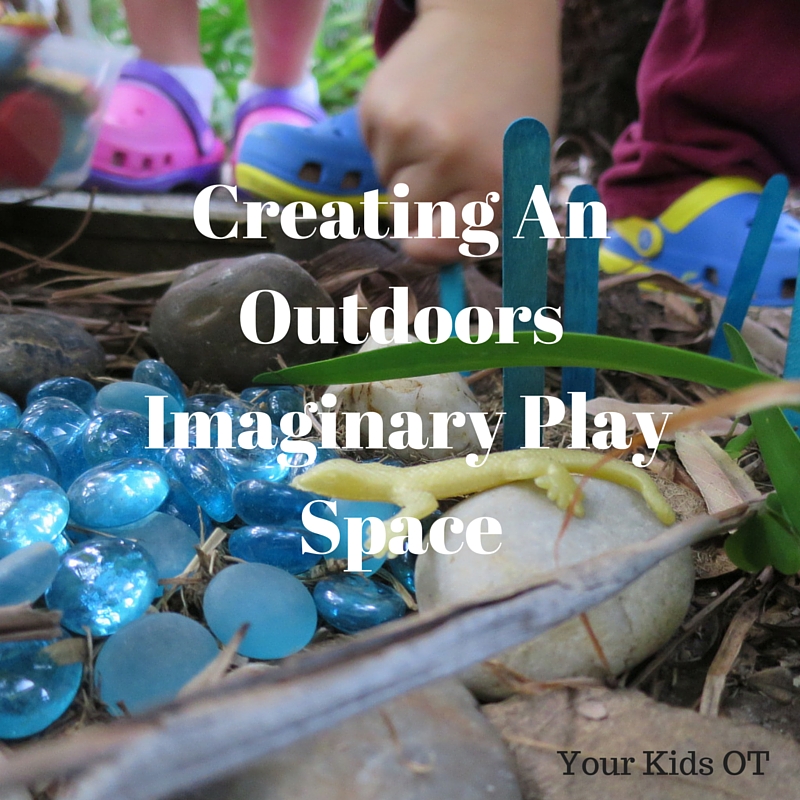

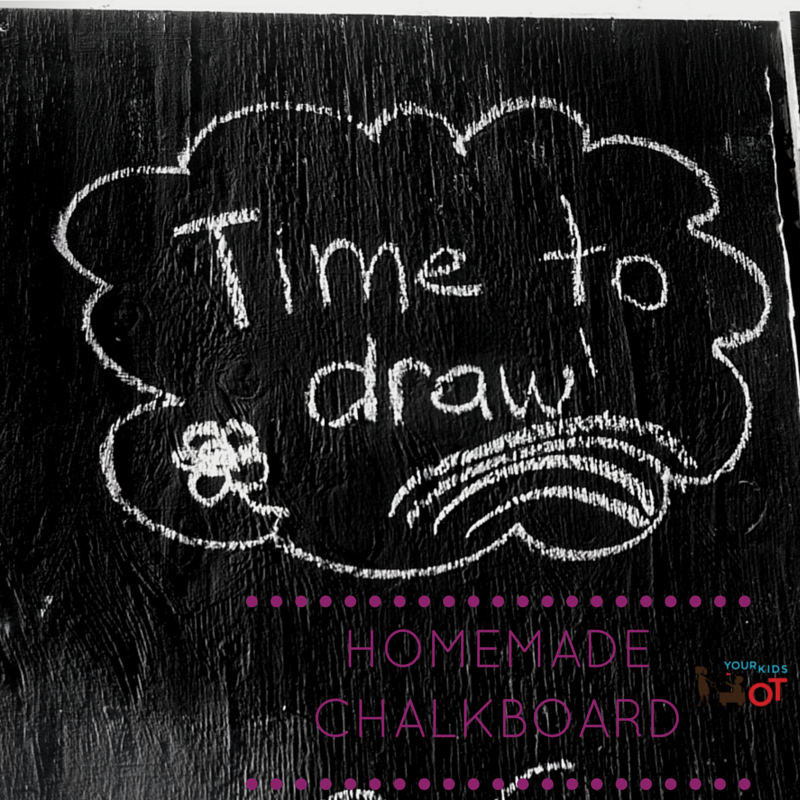
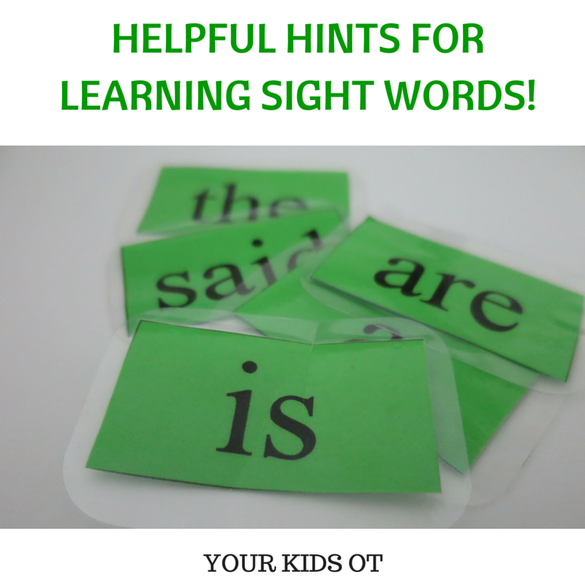
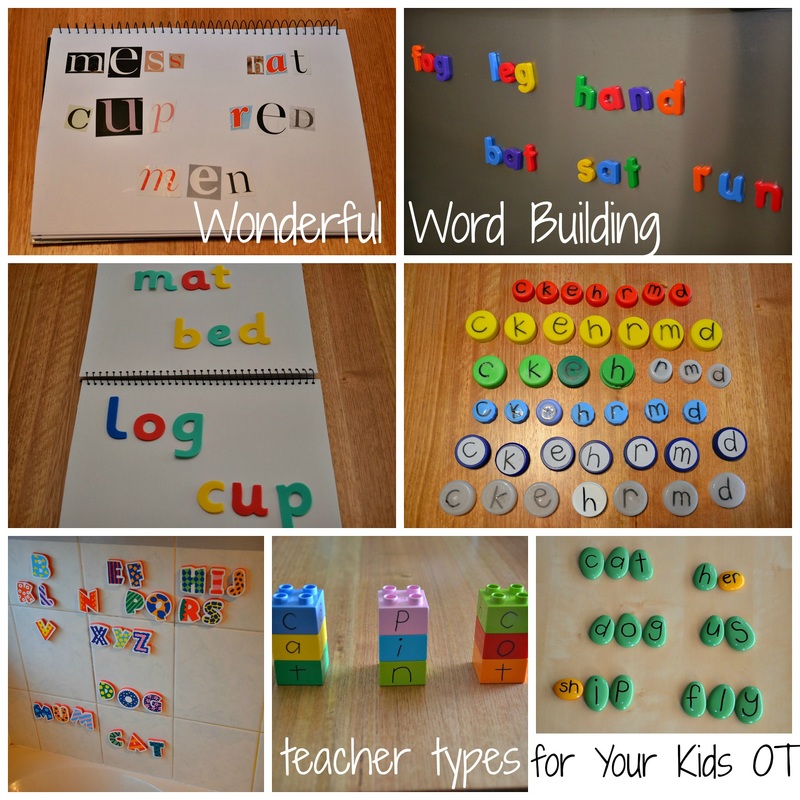
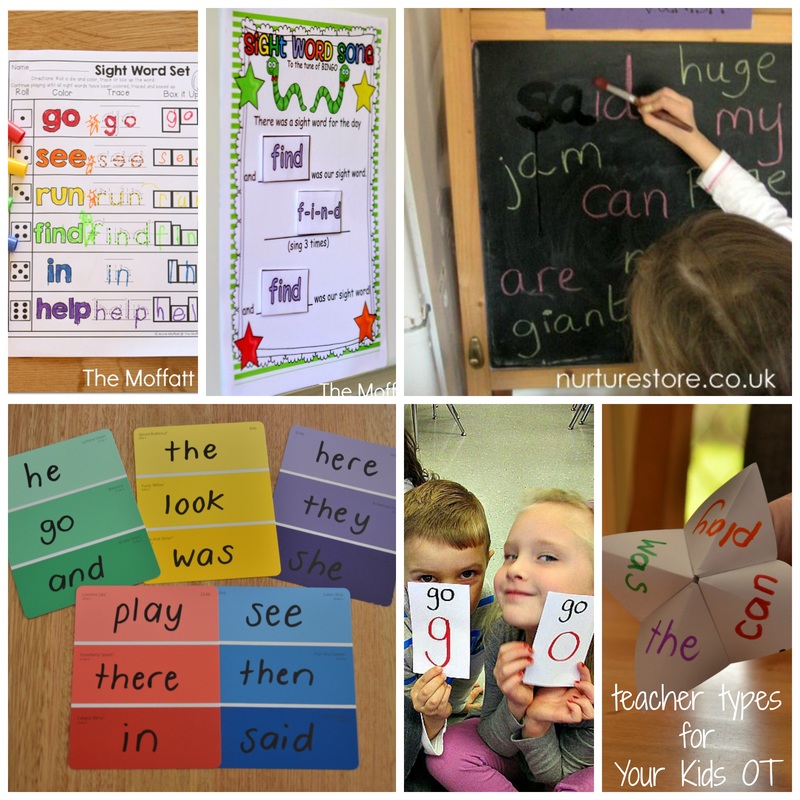
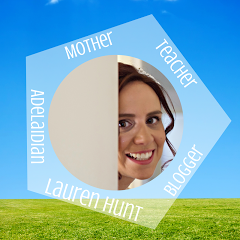
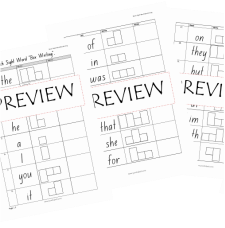
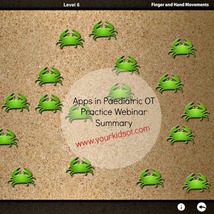
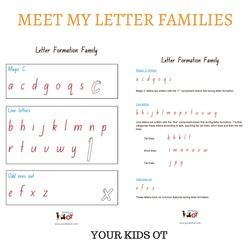
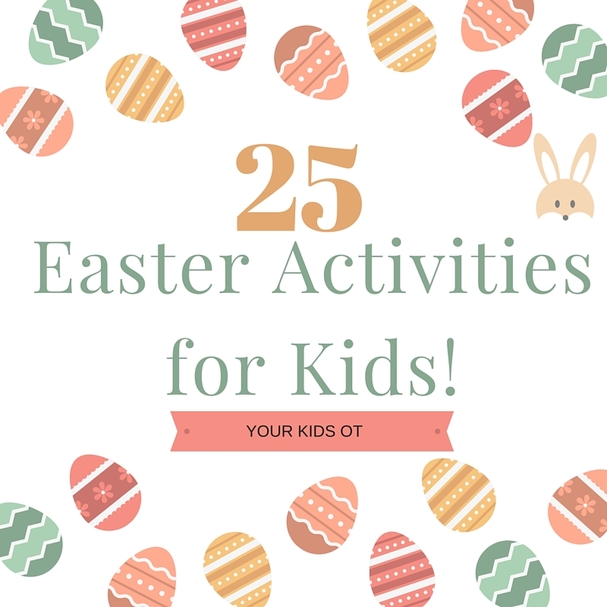
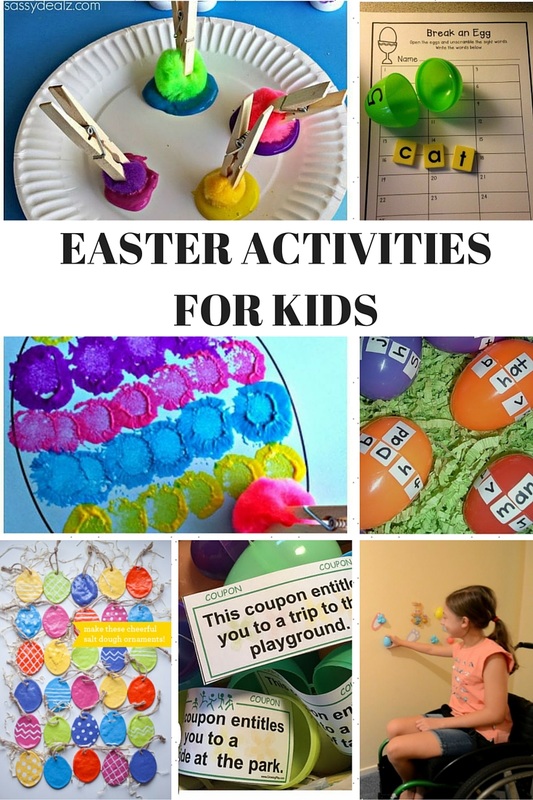

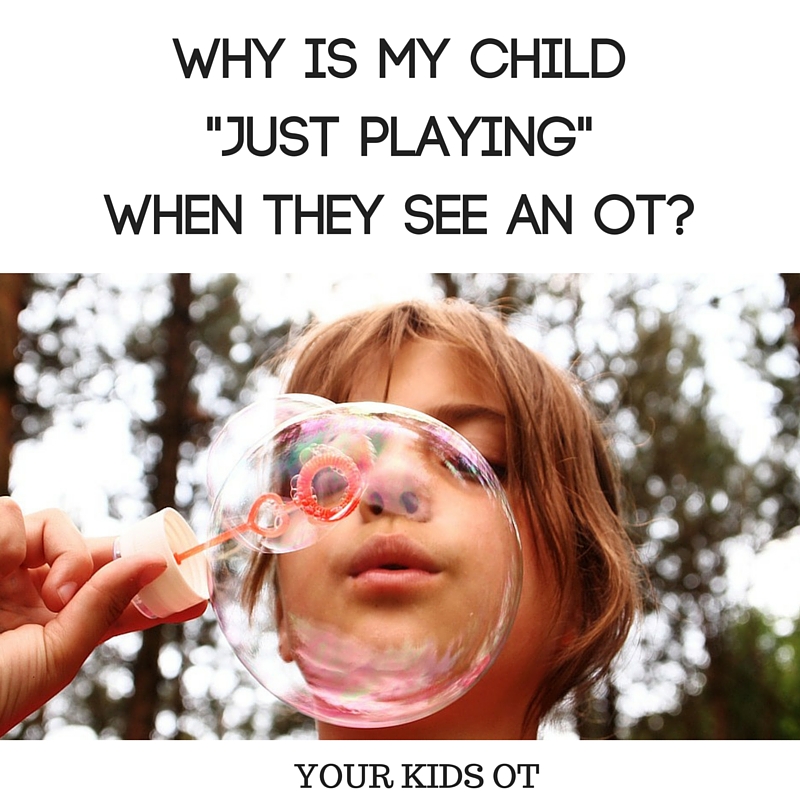


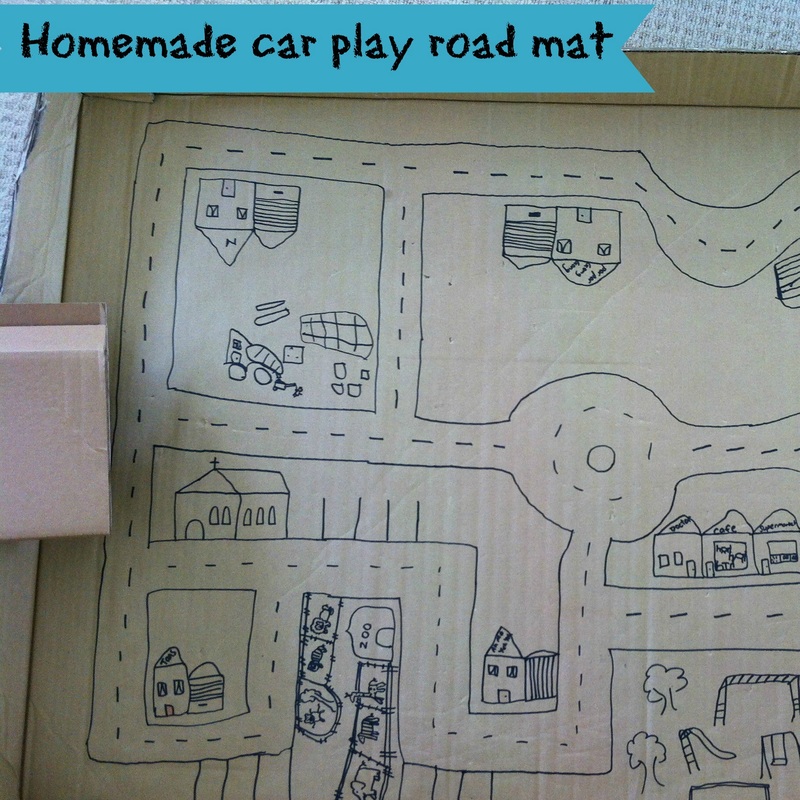
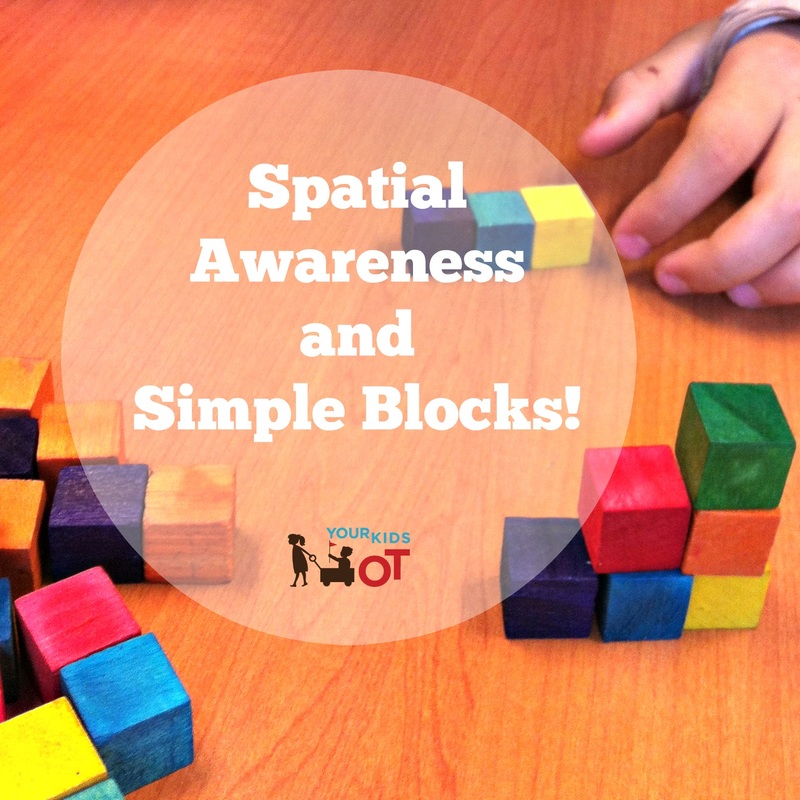



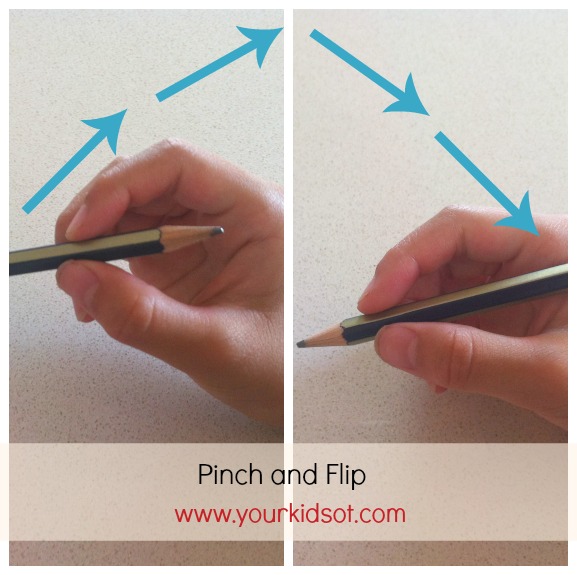

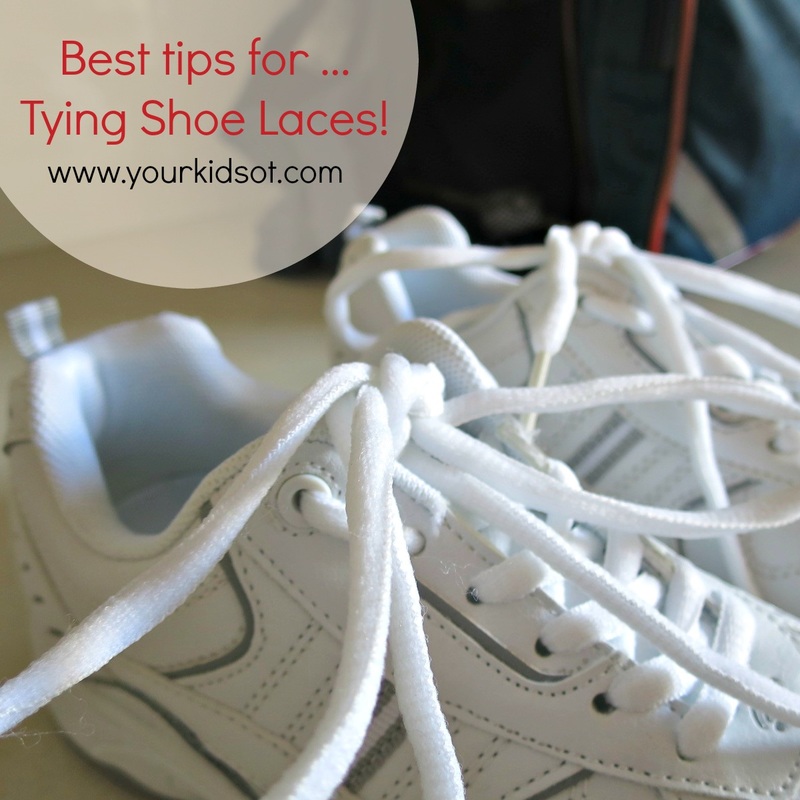
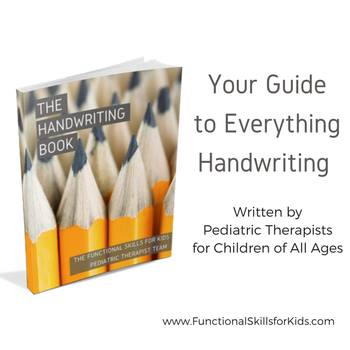
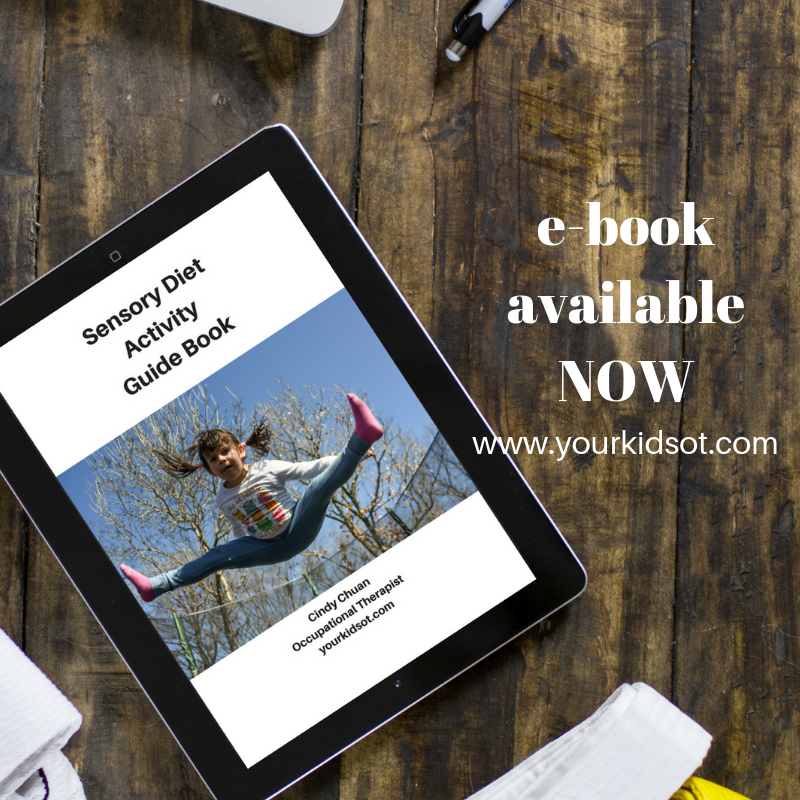
 RSS Feed
RSS Feed
